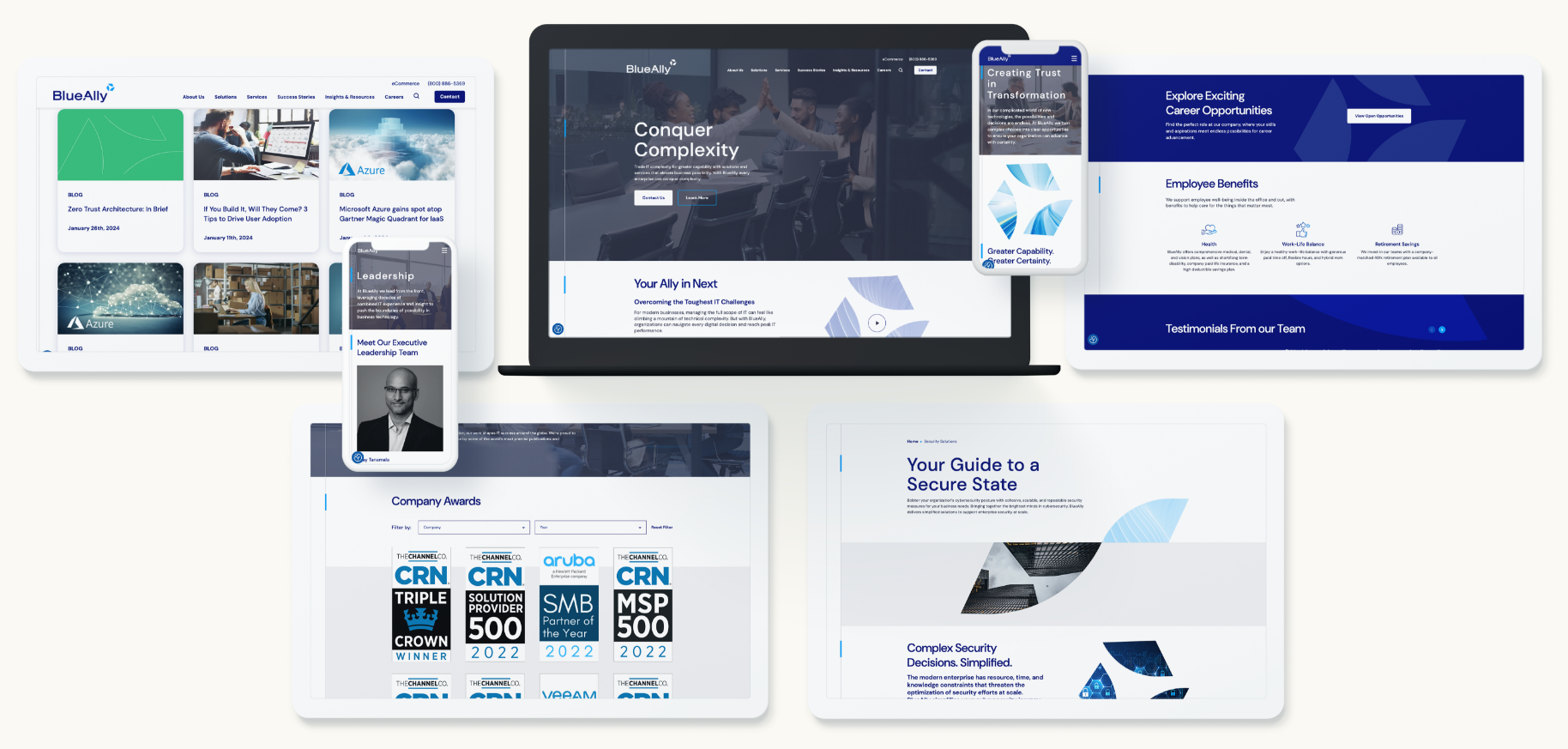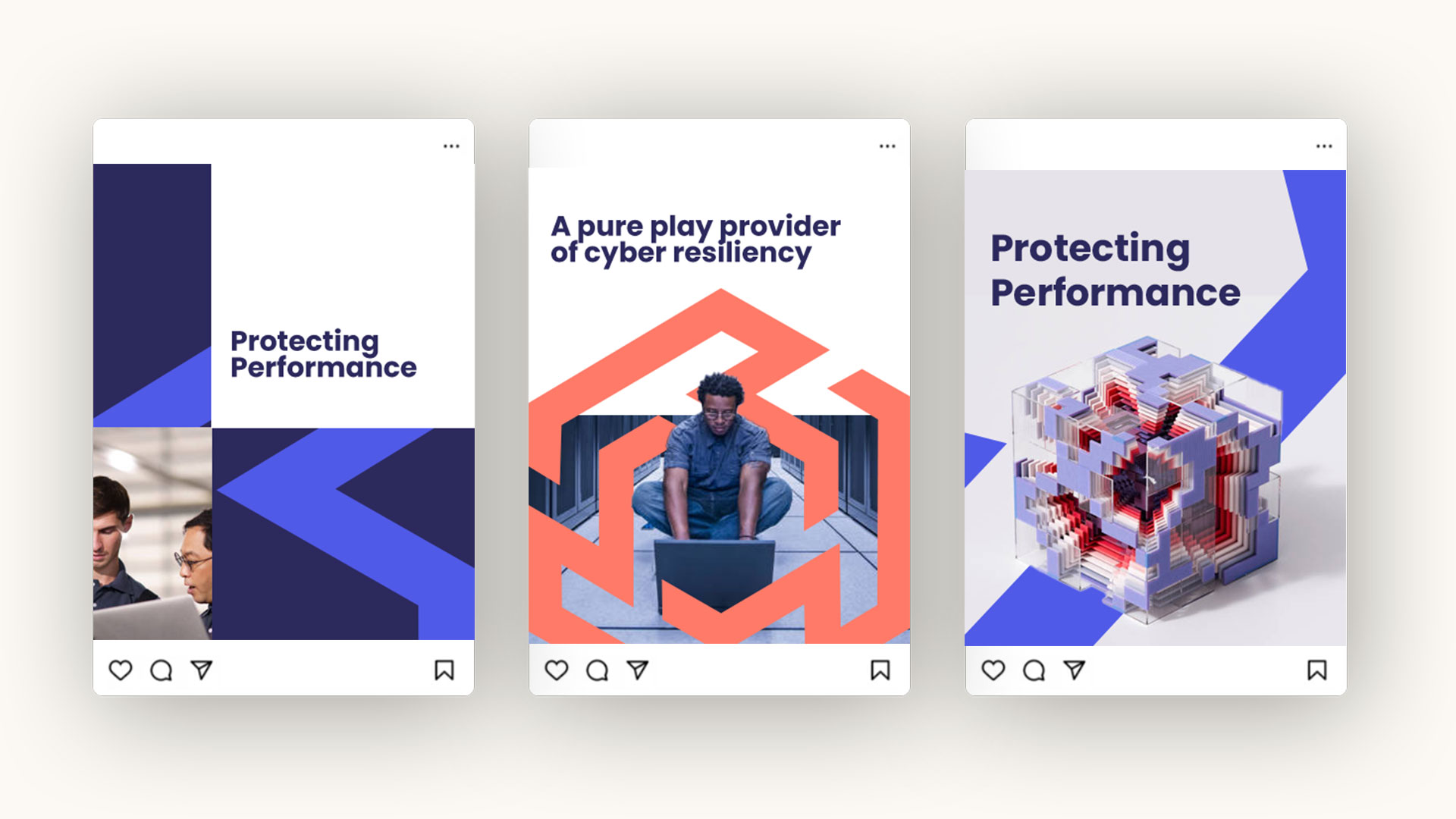Social media advertising is constantly evolving, and 2025 is bringing new trends, technologies, and regulations that marketers must navigate. Here’s what’s changing and how brands can stay ahead.
1. AI-Powered Ad Personalization
AI-driven algorithms are making social media ads more personalized than ever. Platforms like Meta and TikTok now offer real-time content adaptation based on user behavior.
Action: Leverage AI tools to create dynamic, personalized ad experiences that increase engagement and conversion rates.
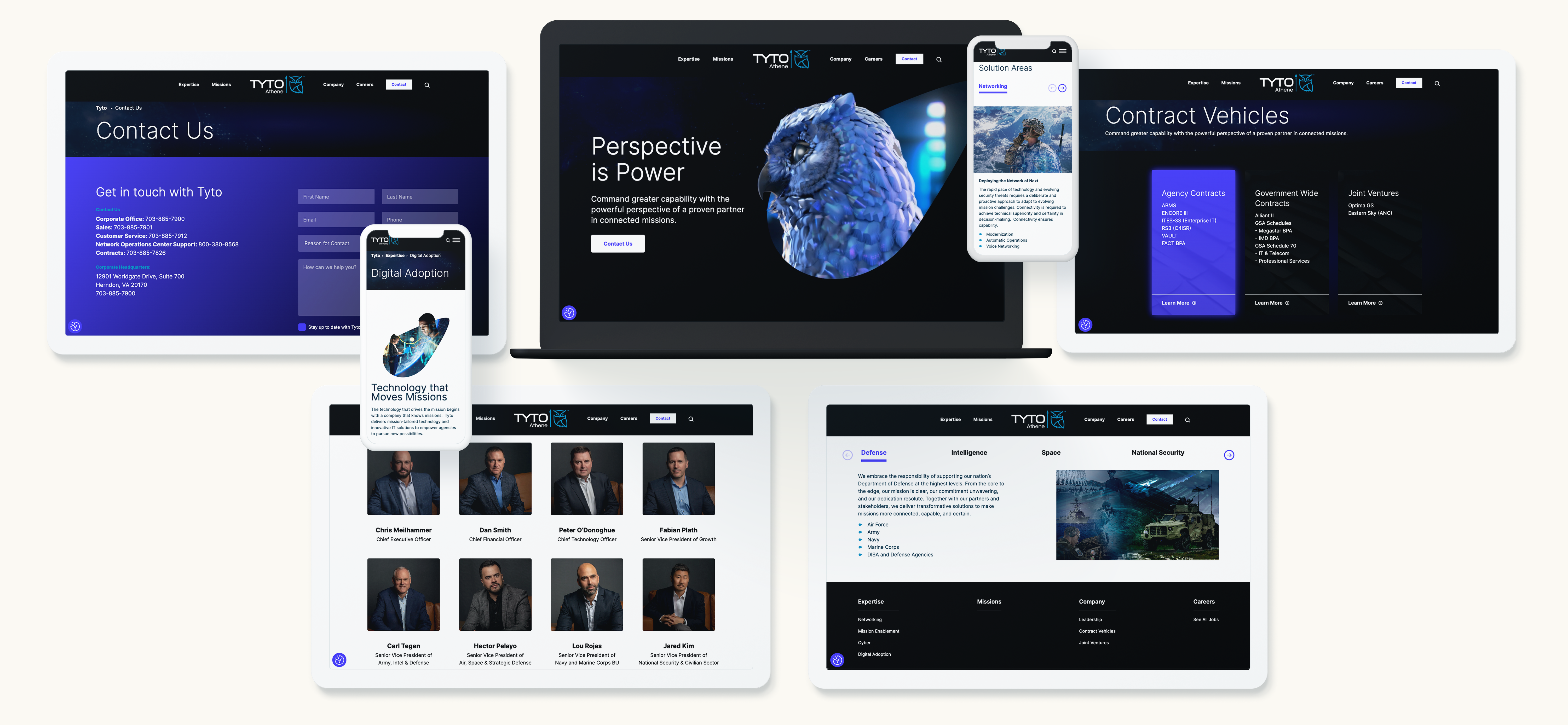
2. Increased Privacy Regulations and First-Party Data Reliance
With growing privacy concerns, platforms are reducing reliance on third-party cookies. Brands must focus on first-party data collection through lead magnets and customer loyalty programs.
Action: Implement robust data collection strategies to maintain targeted advertising effectiveness.
3. The Rise of AR and VR Ads
Immersive experiences are gaining traction, with brands using augmented reality (AR) and virtual reality (VR) in social ads to create interactive experiences.
Action: Explore AR filters and VR experiences to boost engagement and brand recall.
4. Expansion of Social Commerce
Social media platforms continue integrating e-commerce capabilities, allowing users to purchase directly within apps like Instagram, TikTok, and Pinterest.
Action: Optimize social commerce strategies by creating shoppable content and streamlining in-app purchasing experiences.

5. Video-First Advertising
Short-form video remains the dominant format, with platforms prioritizing vertical video content.
Action: Invest in high-quality, engaging video content tailored to platform-specific algorithms.
Stay Ahead in Social Media Advertising
The digital landscape is shifting rapidly, and staying informed is key to maintaining an edge. Need help navigating social media advertising in 2025? Bluetext can guide you in crafting high-performing campaigns that drive results.
Omnichannel marketing is about creating a seamless experience for customers across all touchpoints. Whether it’s in-store, online, or via mobile, consumers expect a cohesive journey. According to a Harvard Business Review study, 73% of shoppers use multiple channels during their purchase journey, making these strategies essential for success.
Why Omnichannel Marketing Matters
Consumers today have more choices than ever, and they expect personalized, consistent experiences. Omnichannel marketing helps:
- Increase customer retention
- Boost brand loyalty
- Improve overall customer satisfaction
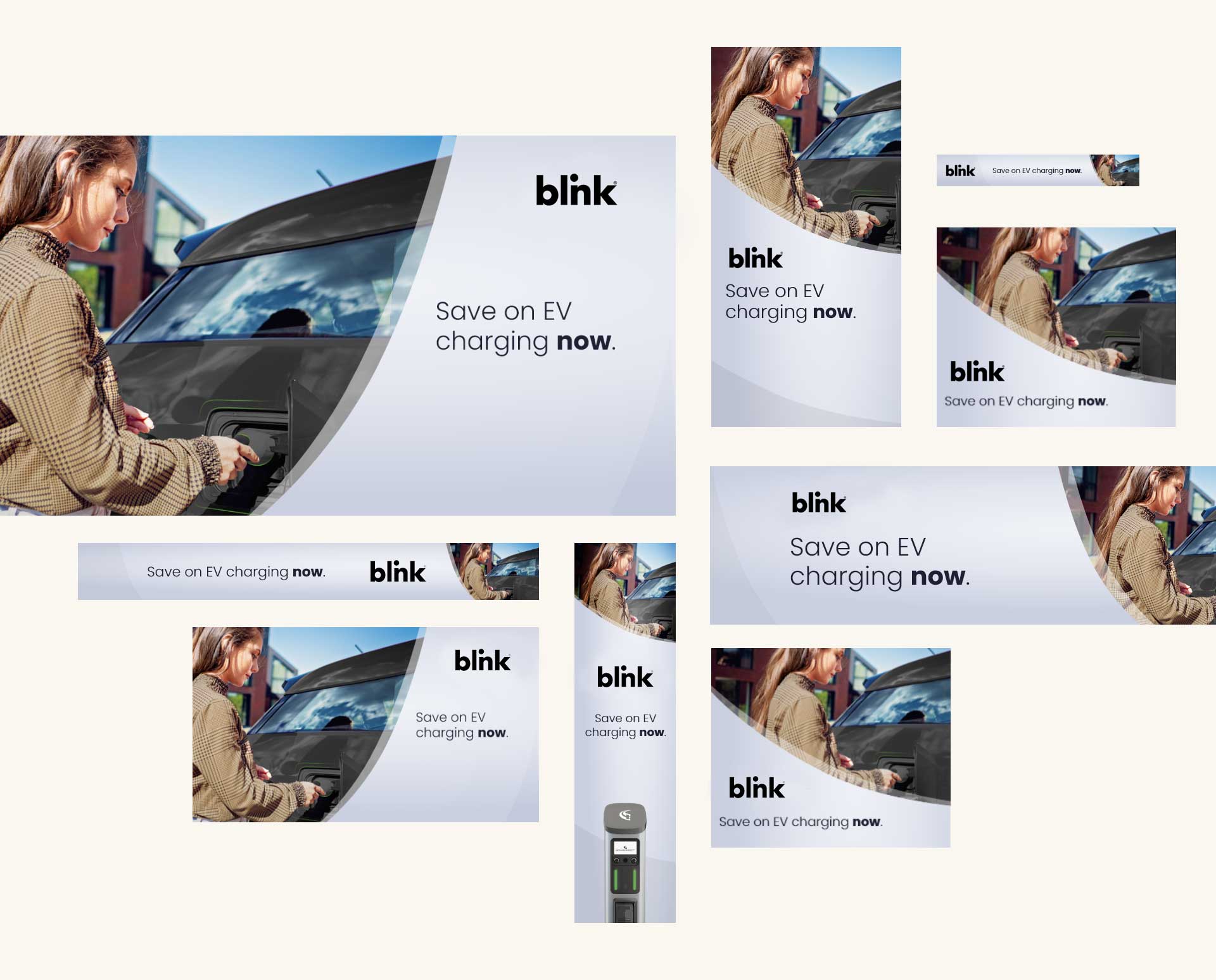
Building a Successful Omnichannel Strategy
- Understand Your Customer Journey
- Map out every touchpoint, from discovery to purchase.
- Integrate Technology
- Use tools like CRM systems, marketing automation, and data analytics to connect channels.
- Personalize the Experience
- Leverage customer data to offer tailored recommendations and promotions.
- Ensure Consistency
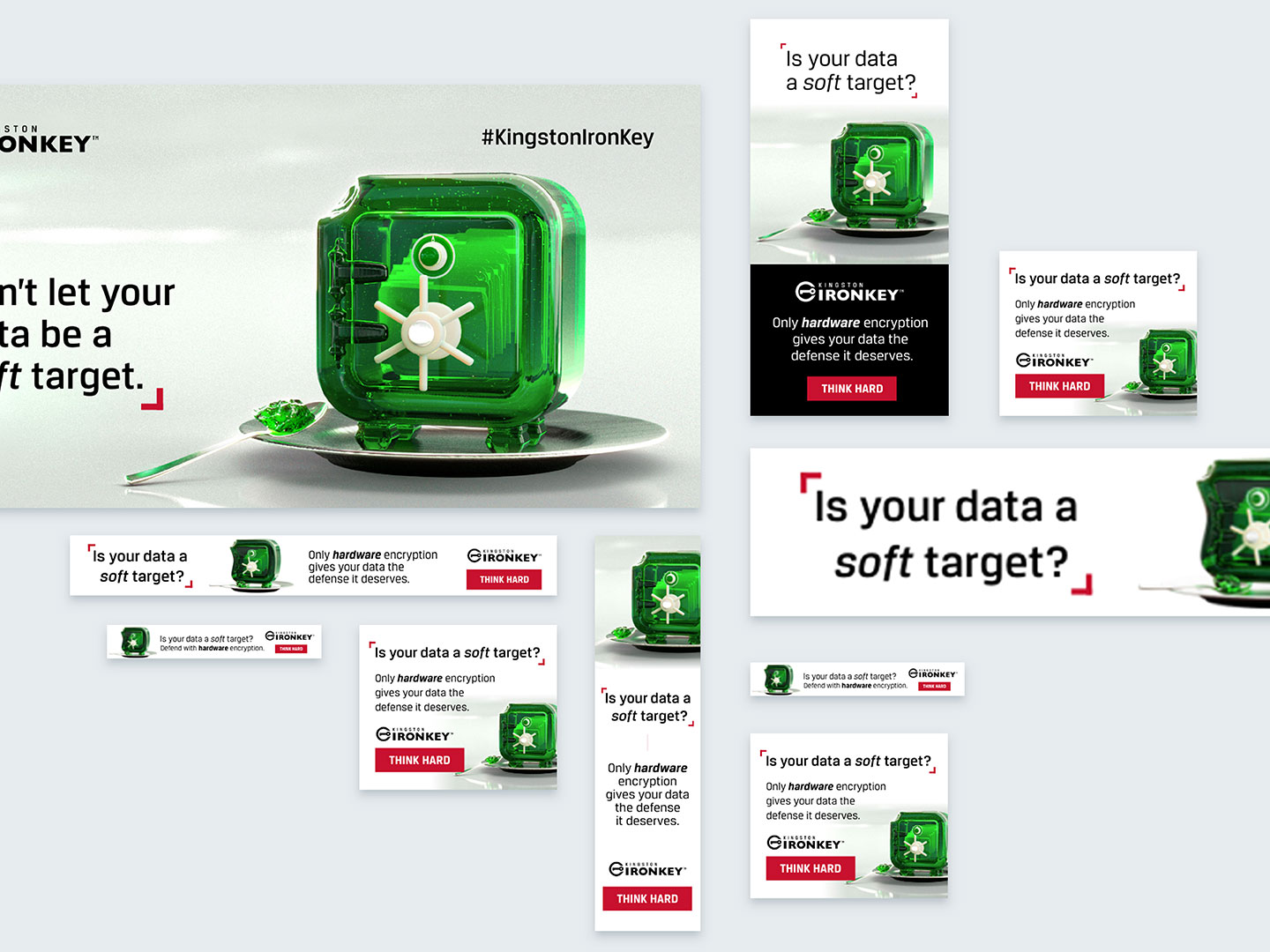
Challenges and How to Overcome Them
- Data Silos
- Consolidate data from various platforms to gain a 360-degree view of the customer.
- Technological Barriers
- Invest in scalable, integrated solutions to streamline operations.
- Maintaining Consistency
- Regularly audit your marketing efforts to ensure alignment across channels.

The Future of Customer Engagement
Omnichannel marketing is no longer optional; it’s a necessity for brands that want to stay competitive. By creating cohesive experiences, you can build stronger relationships with your customers and drive long-term growth.
Ready to revolutionize your customer experience? Contact Bluetext to develop an omnichannel strategy tailored to your brand.
The sudden return of TikTok to the U.S. market after its temporary ban highlights just how volatile the social media landscape can be. For brands, this serves as a wake-up call: relying too heavily on one platform is a risk that can leave your marketing strategy vulnerable to disruption. Whether it’s a regulatory issue, a platform shutdown, or shifting consumer preferences, diversifying your social media strategy is critical to long-term success.
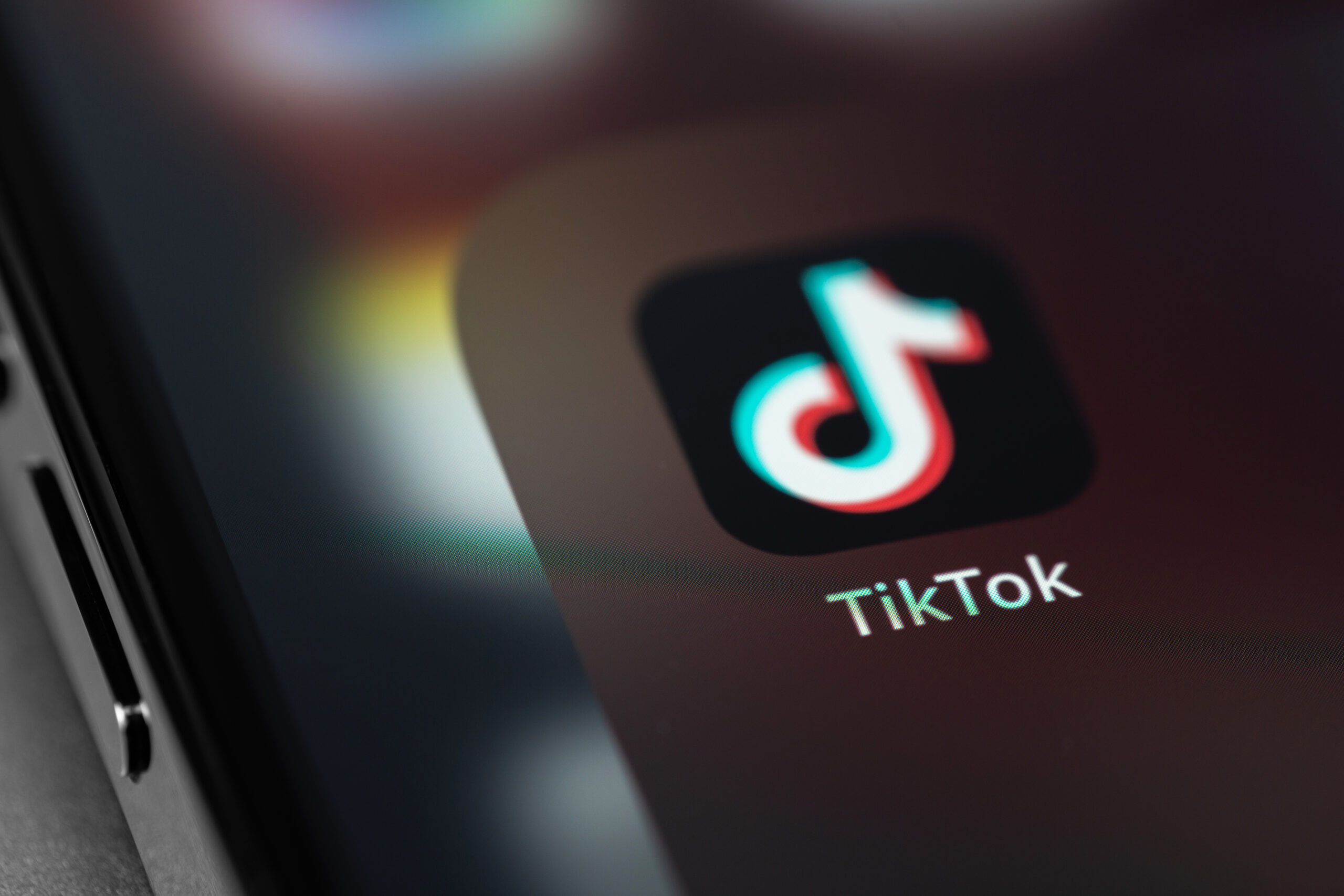
What Happened with TikTok?
Earlier this year, TikTok faced a significant setback when a U.S. ban temporarily removed the platform from app stores. Millions of brands and creators scrambled to save their content and pivot to other platforms. However, following regulatory adjustments and new compliance agreements, TikTok is back online and fully operational. This incident underscores the importance of adaptability in an era where platforms can rise and fall overnight.
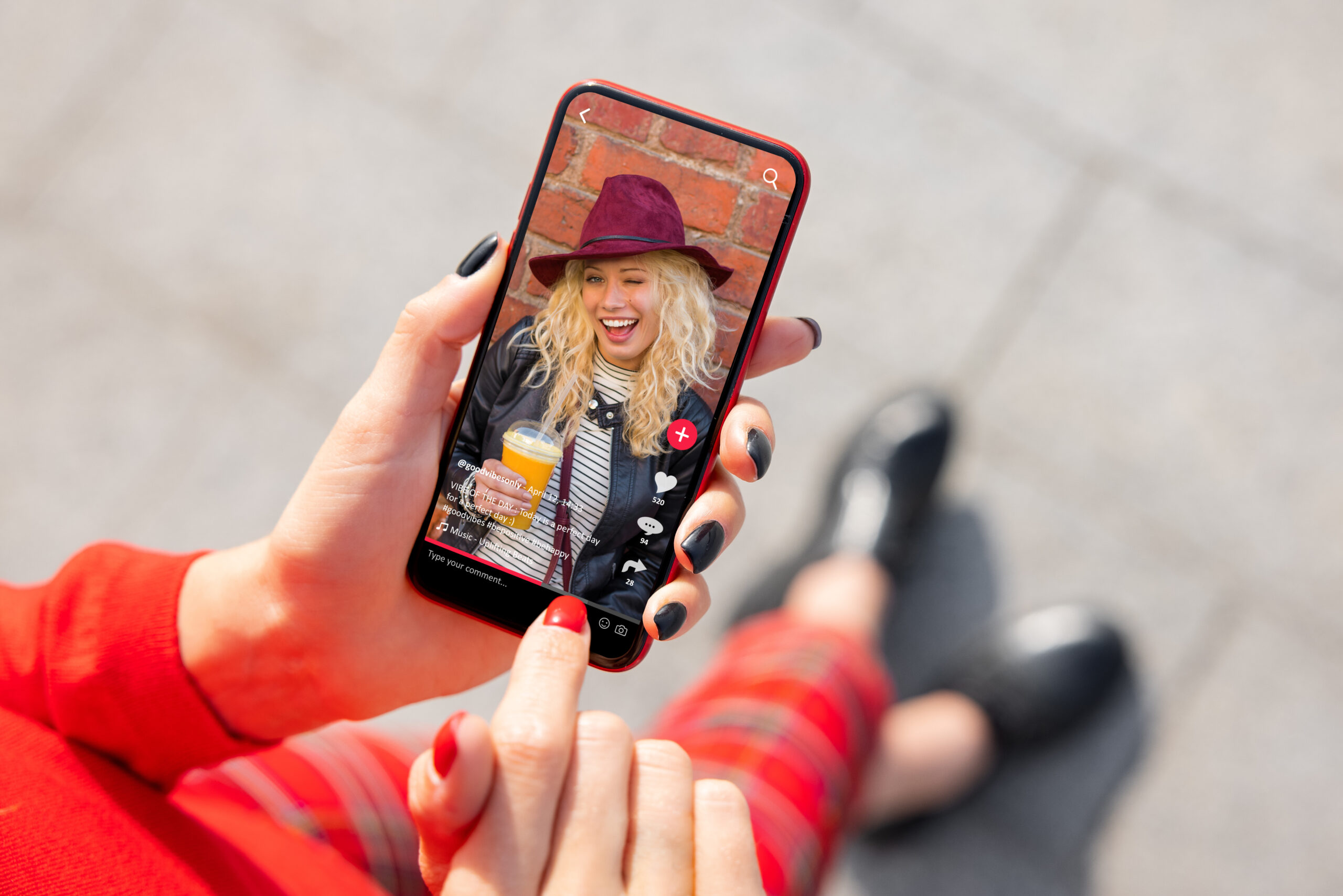
Why Diversification Is Key
Social media platforms are powerful but unpredictable. A robust marketing strategy doesn’t just rely on one platform—it ensures that your brand can thrive no matter what happens in the digital space. Here are key reasons to diversify:
- Mitigating Risk: If one platform faces regulatory issues, algorithm changes, or shutdowns, your brand won’t be left without a digital presence.
- Reaching Varied Audiences: Each platform attracts a unique demographic. Expanding your presence ensures you connect with different segments of your target audience.
- Staying Ahead of Trends: New platforms often emerge, offering fresh opportunities for engagement. Diversifying allows you to explore these trends without abandoning your core strategy.
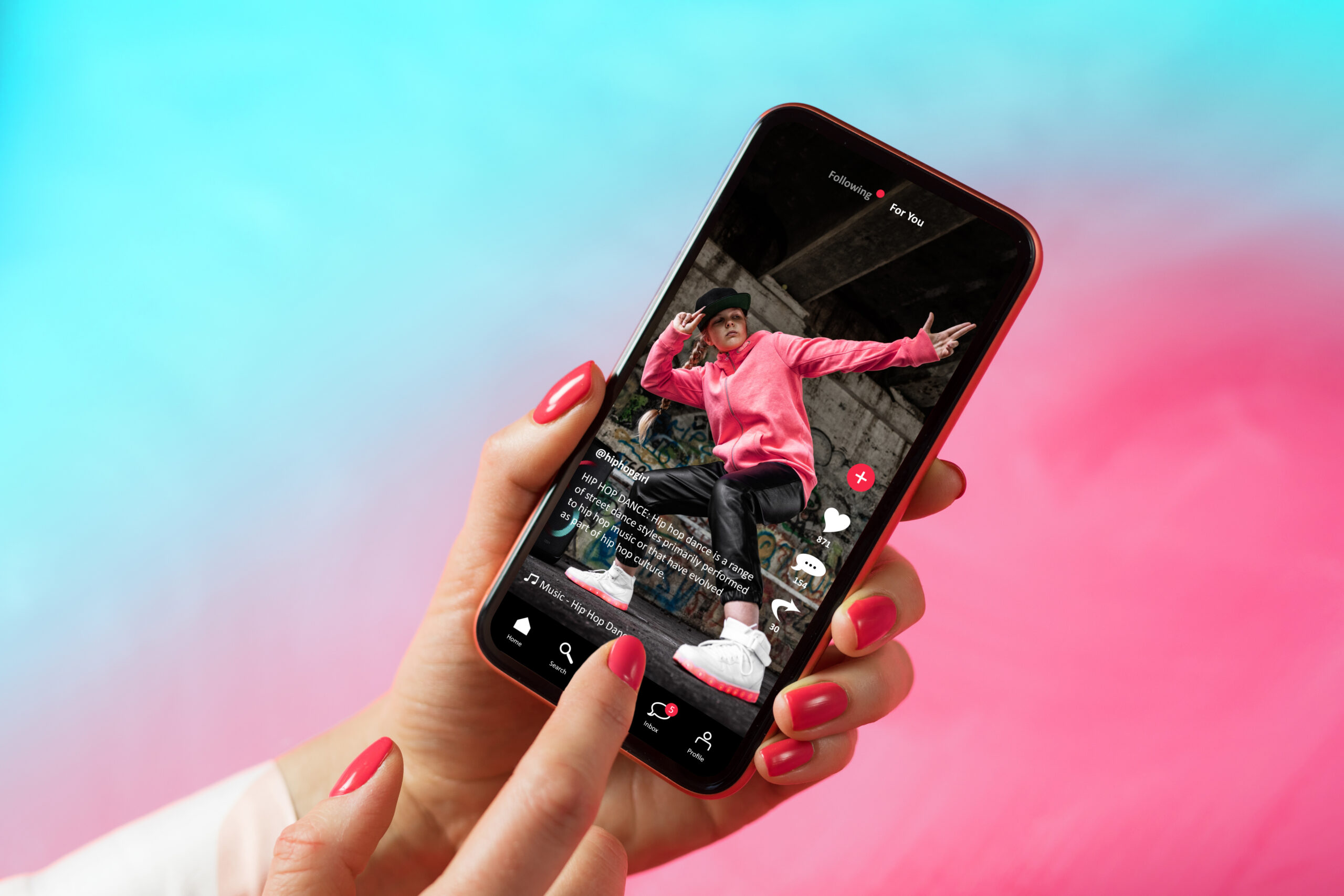
Strategies for a Resilient Social Media Presence
To future-proof your social media marketing, consider these actionable strategies:
- Spread Your Content Across Platforms: Ensure your content lives on multiple platforms, such as Instagram, YouTube, LinkedIn, and emerging channels. Cross-platform promotion not only diversifies your reach but also reinforces your messaging.
- Develop Platform-Specific Strategies: Tailor your content to fit the strengths of each platform. For example, short-form videos might work best on TikTok and Instagram Reels, while thought leadership posts excel on LinkedIn.
- Leverage Owned Media: Focus on building your email list, blog, and website traffic to reduce reliance on third-party platforms. Owned media provides a stable foundation for your brand’s digital presence.
- Monitor Platform Trends: Keep an eye on the evolving features and regulations of existing platforms while staying informed about emerging players in the social media space.
- Create Evergreen Content: Prioritize content that can be repurposed and reused across platforms to maximize its lifespan and impact.
Preparing for the Future
The TikTok ban and subsequent return is a reminder that change is inevitable in the digital landscape. By adopting a diversified, adaptable social media strategy, your brand can weather any disruption and emerge stronger. The key is to stay flexible, stay informed, and continuously innovate.
Need help building a resilient social media strategy? Contact Bluetext to develop a plan that keeps your brand ahead of the curve.
The defense and aerospace industries operate at the forefront of innovation, delivering mission-critical solutions that shape global security, technological advancement, and exploration. However, these sectors face unique challenges in branding and marketing: balancing innovation with reliability, maintaining compliance while staying competitive, and catering to a diverse audience of government agencies, contractors, and commercial stakeholders.
Building a future-ready brand requires a deliberate approach that aligns cutting-edge technology with values of trust, performance, and adaptability. This blog explores the core pillars of branding for defense and aerospace services, strategies for engaging stakeholders, and how to position your company for long-term success.
The Core Pillars of a Future-Ready Defense & Aerospace Brand
Innovation is the lifeblood of defense and aerospace industries. Whether it’s the latest in unmanned systems, AI integration, or space exploration, your brand must be synonymous with groundbreaking technology. Highlight your R&D efforts, use storytelling to explain complex innovations, and showcase your adaptability to emerging trends and technologies.
Reliability is non-negotiable in high-stakes industries where lives, security, and billions of dollars are on the line. Focus on safety, durability, and proven performance. Share case studies and testimonials that illustrate your dependability and use certifications and compliance records to build trust.
Operating within strict regulatory frameworks is central to success. A brand built on compliance and integrity reflects a commitment to ethical practices and government standards. Be transparent about how you meet regulations and international norms while positioning compliance as a value-added benefit for stakeholders.
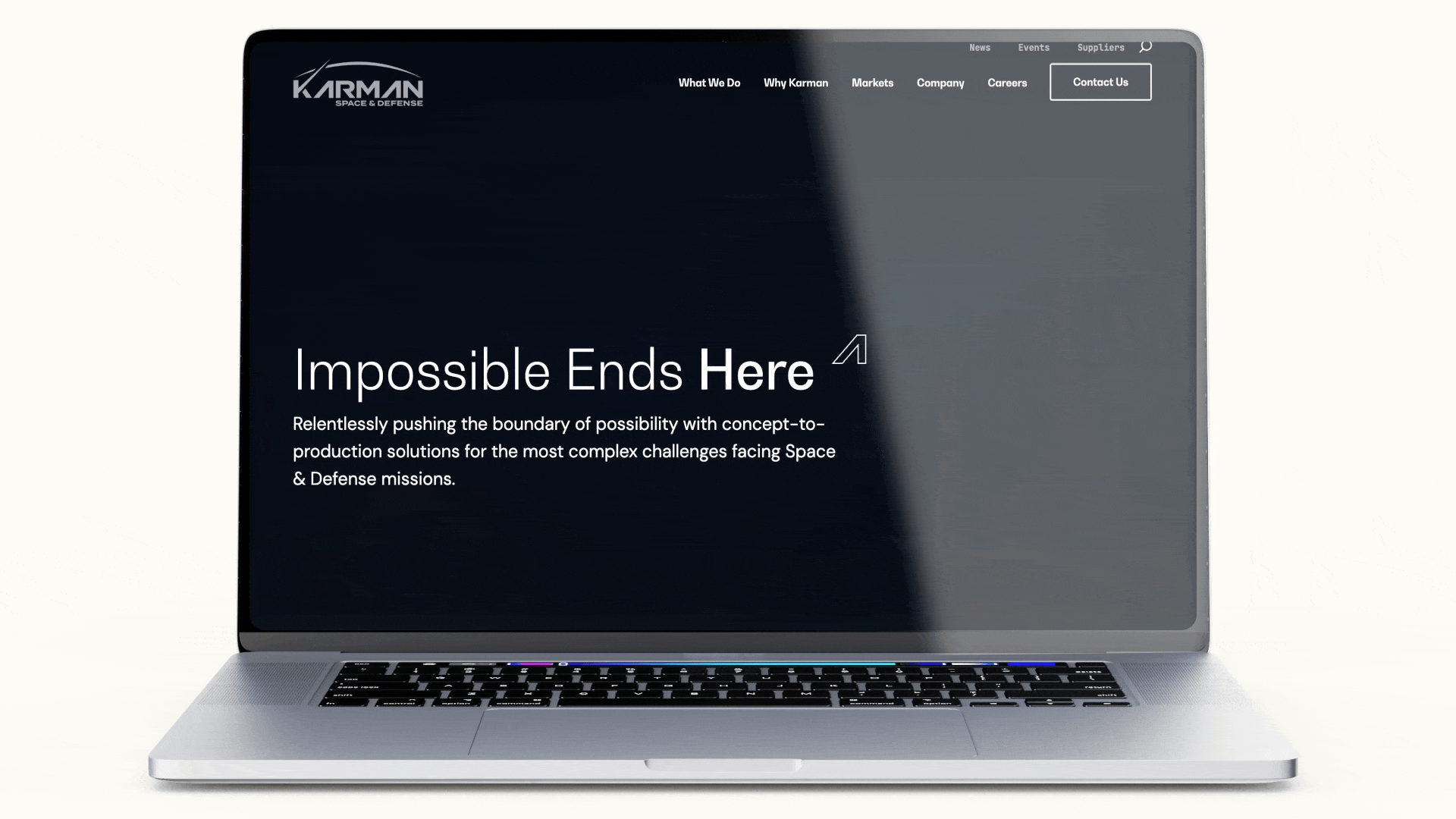
Strategies for Marketing to Diverse Stakeholders
Tailoring your messaging to government agencies is essential. Emphasize mission alignment, cost-effectiveness, and measurable results. Use whitepapers, webinars, and direct outreach campaigns to demonstrate your ability to address national security priorities or reduce operational costs.
For commercial clients, highlight the dual-use applications and scalability of your technologies. Trade shows, industry publications, and digital campaigns are ideal platforms to showcase your offerings. Case studies that illustrate how aerospace innovations can adapt to commercial aviation or logistics needs can help broaden your appeal.
Public relations efforts are critical for building trust and credibility. Participate in industry panels, write guest articles, and secure media coverage. Position your executives as thought leaders who can offer insights on innovation and policy trends.
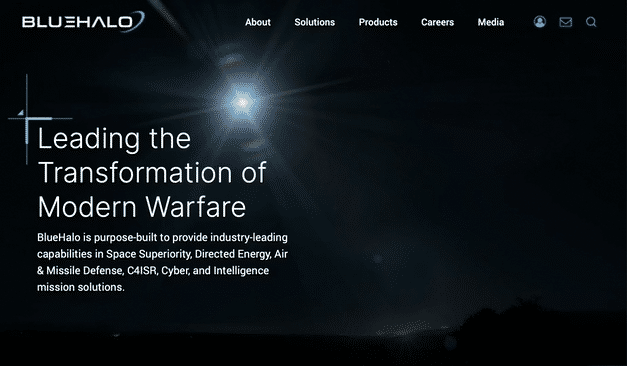
Leveraging Digital Tools for Branding
A robust online presence begins with an optimized website that highlights innovation, case studies, and compliance. Use interactive elements like 3D models, virtual tours, or demo videos to engage visitors.
Social media and digital campaigns can effectively reach specific audiences. LinkedIn, in particular, allows you to connect with decision-makers in both government and private sectors. Complement this with targeted ads and content marketing, including blogs, whitepapers, and infographics that showcase expertise.
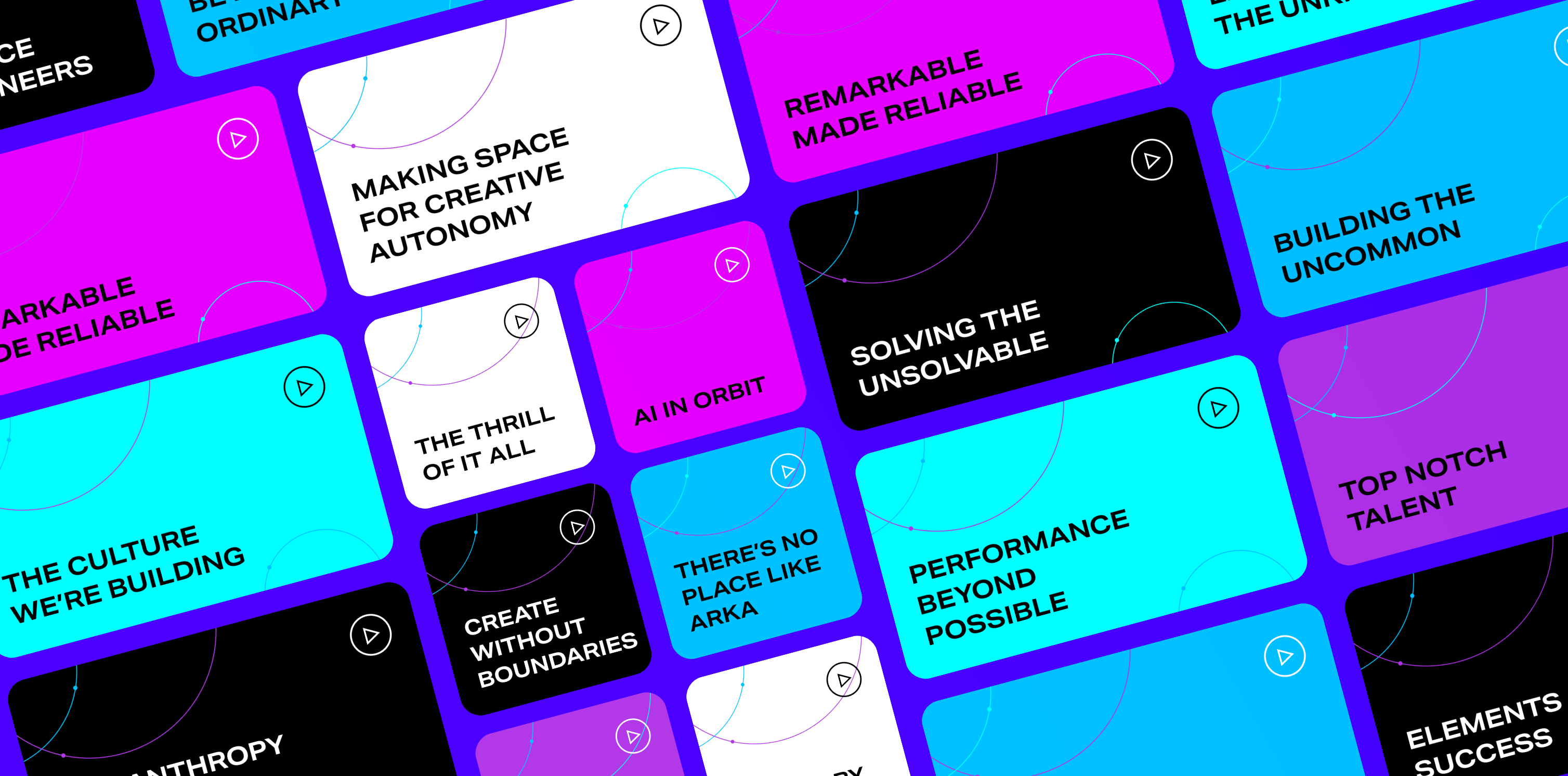
Challenges and Considerations
Balancing transparency with confidentiality is vital. Share enough to build trust while safeguarding sensitive operational details. Navigating geopolitical sensitivities and aligning branding with international norms ensures broader market relevance. Staying ahead of rapid technological and policy changes requires regular updates to your messaging and strategy.
Becoming a Future-Ready Brand
Innovation and reliability are the cornerstones of defense and aerospace branding. By building trust through transparent messaging, demonstrating leadership in cutting-edge technologies, and tailoring outreach to diverse stakeholders, you can position your company as a future-ready leader in these industries.
Looking to build a brand that stands out in defense and aerospace? Contact Bluetext to explore tailored strategies that position your company for long-term success.
In today’s business environment, professional services firms face a unique challenge: balancing the tried-and-true methods of traditional marketing with the rapidly evolving demands of digital channels. The modern B2B buyer expects both personalization and accessibility, making a hybrid approach crucial for firms aiming to engage and retain clients effectively. For professional services firms rooted in traditional approaches, the shift to digital marketing can feel daunting—but it also represents an opportunity to connect with clients in meaningful new ways.
The Changing Landscape of B2B Marketing for Professional Services
Buyer expectations have changed significantly over the past decade. B2B decision-makers now prefer a blend of digital touchpoints, from educational webinars and engaging social media content to insightful blog posts and targeted email marketing. Traditional marketing approaches—such as in-person networking, relationship-building, and referrals—remain valuable. However, they no longer fulfill the full range of buyer needs, especially as many decision-makers now conduct extensive online research before even contacting a provider.
For professional services firms, the challenge is to create a seamless experience that combines digital and traditional interactions. Today’s B2B buyer expects convenience and immediacy, along with the depth and reliability associated with established brands. By carefully integrating digital channels, firms can strengthen client relationships while meeting modern expectations.
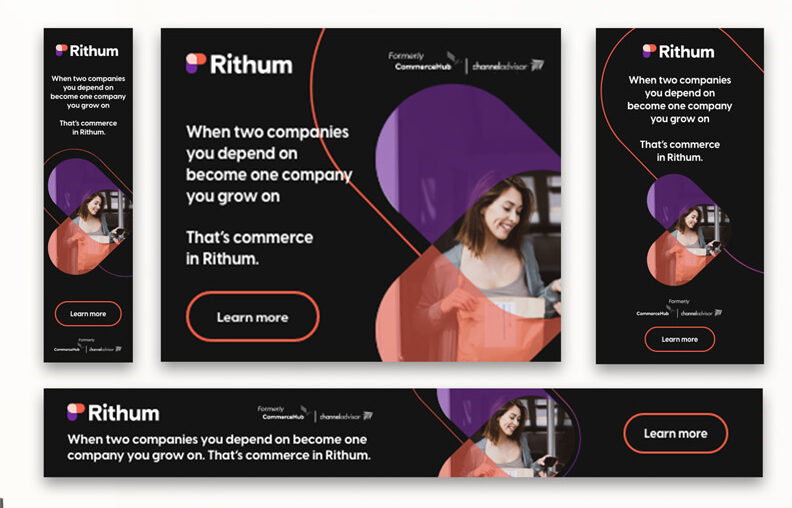
Core Challenges in Transitioning from Traditional to Digital
Transitioning to a hybrid marketing strategy is easier said than done. Many professional services firms face challenges that slow their adoption of digital methods:
- Resistance to Change: Established firms often have well-defined processes and are accustomed to traditional marketing’s tangible returns, like word-of-mouth referrals and direct networking. Embracing digital marketing can feel like stepping into unfamiliar territory.
- Measuring ROI: Digital marketing offers a wealth of data, but the learning curve can be steep. Many firms are uncertain about how to measure the return on investment (ROI) for digital campaigns, making it harder to justify shifting resources from traditional channels.
- Maintaining Client Trust and Expertise: For firms known for their expertise, there is a concern that digital methods could appear impersonal or detract from their credibility. Balancing the transparency and immediacy of digital content with a reputation for quality and trustworthiness can be tricky.
Key Strategies to Bridge the Gap
To navigate this shift, firms can employ specific strategies that bring the strengths of both traditional and digital marketing together.
- Leverage Data-Driven Insights
Digital marketing provides access to extensive data on customer behavior, preferences, and touchpoints, allowing firms to create highly personalized experiences. By analyzing this data, firms can gain insights into which strategies resonate most with their target audience and adjust accordingly. For instance, monitoring engagement with content like blogs, case studies, or newsletters can reveal client interests and needs, guiding future campaigns. - Incorporate Content Marketing
Thought leadership is central to building credibility, and digital channels offer an ideal platform for showcasing expertise. By developing valuable content—such as industry insights, how-to guides, and webinars—firms can engage their audience, nurture leads, and solidify their position as trusted advisors. This approach not only reaches clients digitally but also strengthens traditional relationships by providing clients with informative resources they can share and discuss in person. - Utilize Targeted Advertising
Digital advertising allows firms to target specific industries, job roles, or geographic areas with precision. Platforms like LinkedIn, which cater to professional audiences, offer advertising options tailored to reach relevant B2B decision-makers. Retargeting ads, which appear after someone has visited your site, can also keep your brand top-of-mind among potential clients, making this strategy highly complementary to traditional networking efforts. - Blend Offline and Online Experiences
Professional services firms can create memorable experiences by combining offline and online elements. For example, hosting an in-person event that is also live-streamed can engage both local clients and remote participants, expanding the reach of a traditional approach through digital channels. Similarly, webinars, which provide educational value and interaction opportunities, serve as digital extensions of traditional seminars and roundtables, offering clients flexibility in how they engage with your brand.
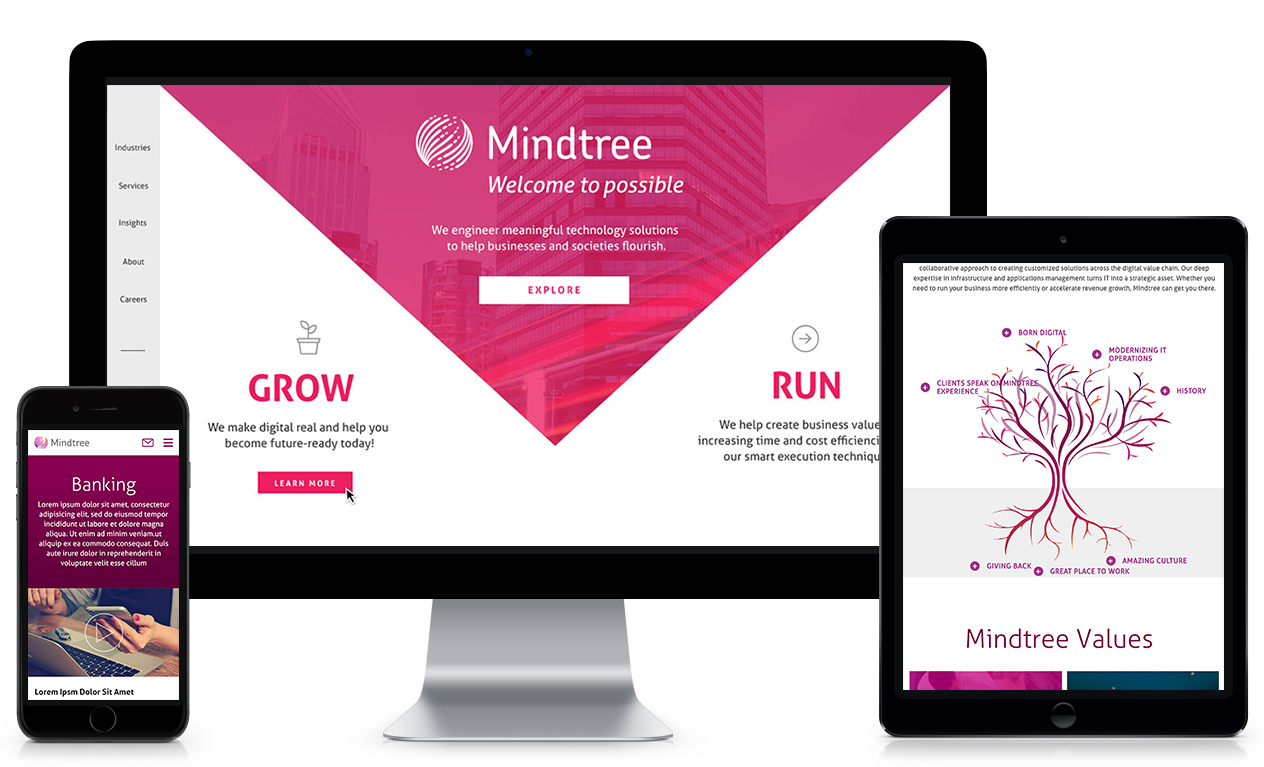
Steps to Get Started
For firms ready to bridge the gap, taking the first steps toward a hybrid marketing strategy can be streamlined with a structured approach:
- Conduct an Audit: Evaluate your current marketing efforts to identify gaps where digital tactics can complement traditional methods. Determine which areas are underperforming or could benefit from digital reinforcement.
- Identify Digital Opportunities: Consider where digital channels could amplify existing strengths. If your firm excels in thought leadership, start by building a content marketing program. If networking is central to your success, explore how LinkedIn advertising or webinars can enhance your reach.
- Set Clear Goals: Establish measurable goals for each digital channel, whether it’s to increase brand awareness, generate leads, or boost client engagement. Goals help justify the investment in digital and serve as benchmarks for success.
- Take a Phased Approach: Transitioning from traditional to digital is a journey. Consider rolling out digital initiatives in phases to ensure that each step is manageable and measurable. Start with a pilot project, gather feedback, and make adjustments before expanding.
- Commit to Continuous Improvement: Digital marketing requires adaptability. Regularly review data from campaigns, client interactions, and feedback to refine your approach and ensure alignment with both traditional values and digital expectations.
Embracing a Hybrid Future
For professional services firms, the shift to digital marketing represents an evolution in how they connect with and engage clients. By adopting a balanced approach, firms can preserve the strengths of traditional marketing while leveraging the efficiency and reach of digital methods. Ultimately, a hybrid strategy enhances relationships, drives engagement, and positions firms for long-term success in an increasingly digital world. Transitioning may feel challenging, but the rewards of a thoughtful blend of traditional and digital are well worth the effort.
Ready to take your marketing to the next level? Contact Bluetext today to learn how we can help you seamlessly bridge the gap between traditional and digital marketing.
The healthcare industry is undergoing a digital revolution, with technology increasingly central to patient care, data management, and hospital operations. For healthcare technology firms, this transformation presents a unique opportunity to connect with hospitals, clinics, and healthcare networks. However, breaking through to this market demands a targeted approach that emphasizes trust, addresses sector-specific needs, and communicates real-world value. This post dives into actionable strategies for reaching B2B healthcare audiences and building partnerships that support the industry’s vital mission.
Understanding the B2B Healthcare Landscape
Unlike many other B2B sectors, the healthcare market is defined by strict regulations, a focus on patient outcomes, and multi-layered decision-making processes. Stakeholders in hospitals and healthcare networks are cautious about adopting new technology, primarily because of high-stakes concerns around patient safety, data privacy, and operational compatibility. To successfully navigate this landscape, healthcare technology firms need a deep understanding of these priorities and a commitment to building trust.
A critical first step is to recognize that decision-makers, from C-suite executives to department heads, are evaluating technology not only for its features but also for its ability to integrate seamlessly into existing infrastructures and improve long-term patient outcomes. Demonstrating an awareness of industry pain points—such as budget constraints, regulatory requirements, and the need for interoperability—sets a strong foundation for engaging these audiences.
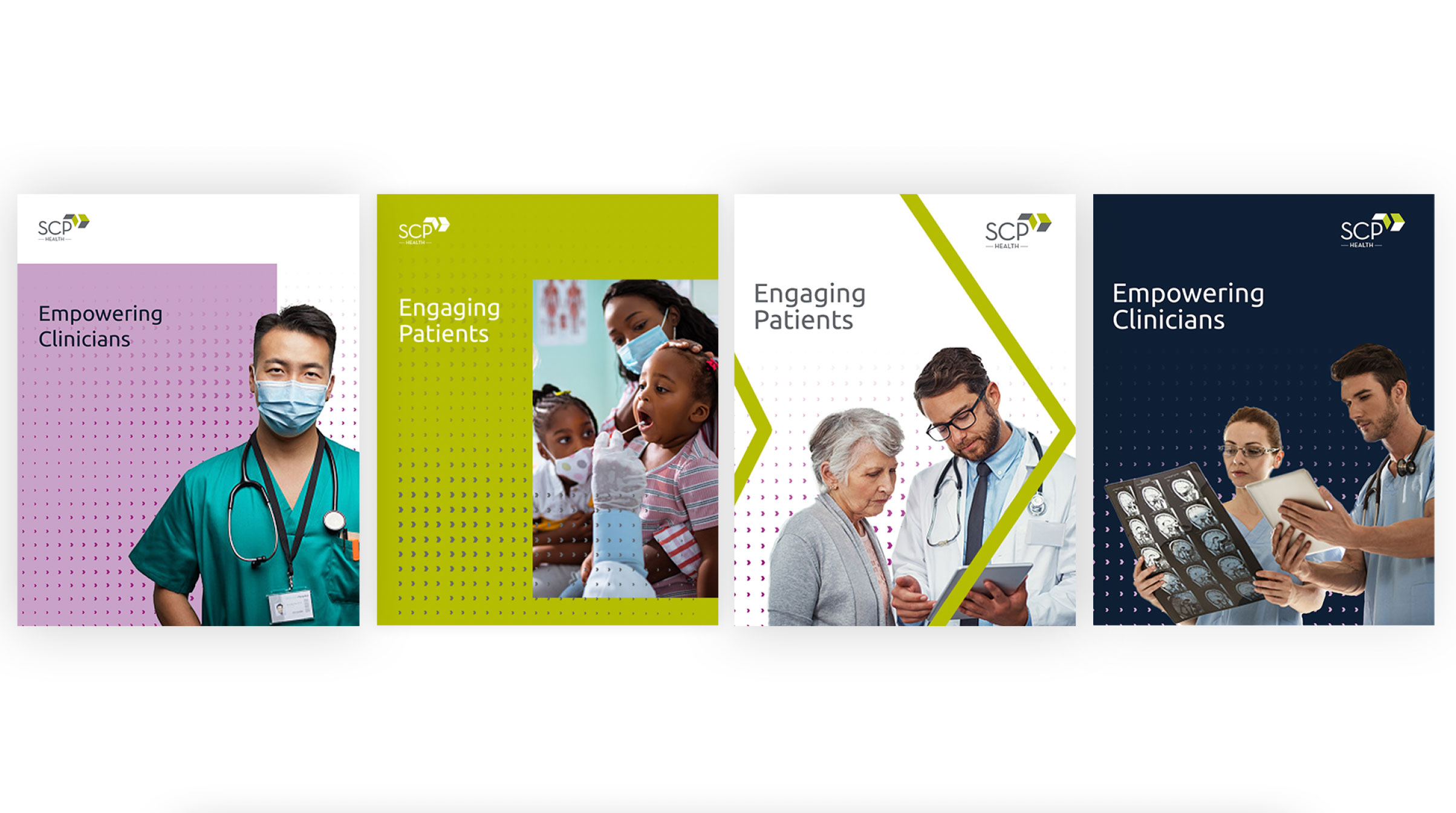
Crafting Relevant Messaging for Healthcare Audiences
Effective healthcare marketing begins with messaging that speaks directly to healthcare providers’ specific concerns. Hospitals, clinics, and healthcare networks are focused on improving patient outcomes, reducing costs, and ensuring compliance with regulations. Marketing content that emphasizes these values will resonate far more than generic tech-driven language.
To appeal to healthcare professionals, highlight how your solution addresses critical challenges. For instance, a data analytics platform for hospitals might prioritize HIPAA compliance, seamless integration with electronic health records (EHR) systems, and real-time patient monitoring. Position your product as a partner in improving patient care rather than just another tech solution. Including testimonials, case studies, or data points that underscore proven results can enhance credibility and illustrate tangible benefits.
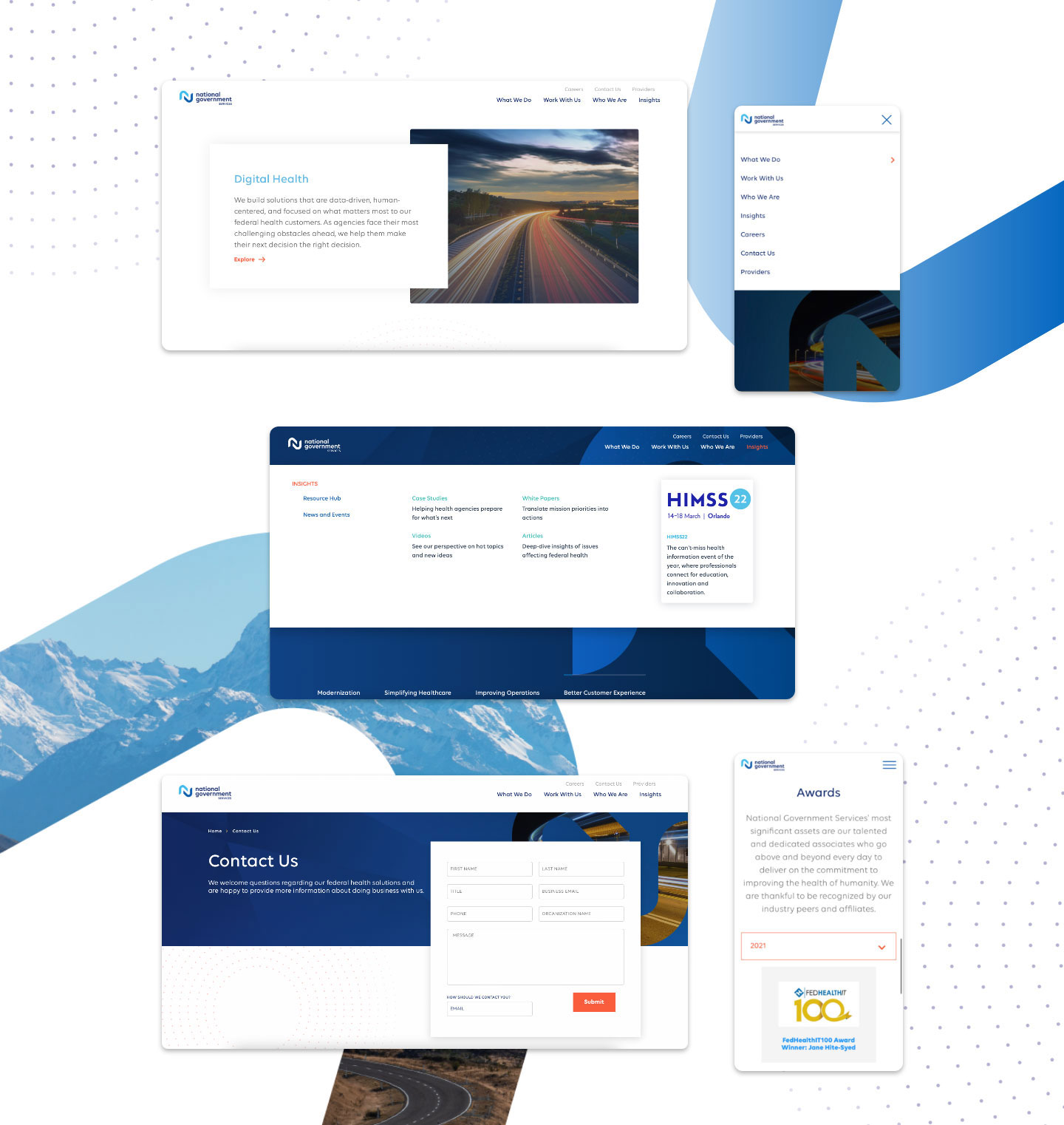
Building Digital Marketing Channels for Maximum Reach
Reaching healthcare decision-makers requires a strategic selection of digital channels, as traditional B2B approaches may not have the same impact. LinkedIn is essential for healthcare marketing, as it’s where professionals actively engage with industry-specific content. Utilize LinkedIn’s advanced targeting to reach executives, department heads, and procurement professionals who play a role in tech adoption decisions.
In addition to LinkedIn, hosting webinars tailored to the healthcare industry allows potential clients to engage with your product directly. Consider creating webinars focused on regulatory compliance, cost savings, or enhanced patient care enabled by your technology. This format not only provides an opportunity to answer questions in real-time but also builds trust by demonstrating your team’s knowledge of healthcare needs.
Email campaigns remain highly effective but should be crafted carefully to avoid information overload. Segmenting email lists by role—such as clinical leadership, IT administrators, and procurement officers—enables you to send tailored content that speaks to each audience’s specific priorities. Whitepapers and in-depth case studies can also be promoted through email, providing a resource that healthcare professionals can review at their own pace.
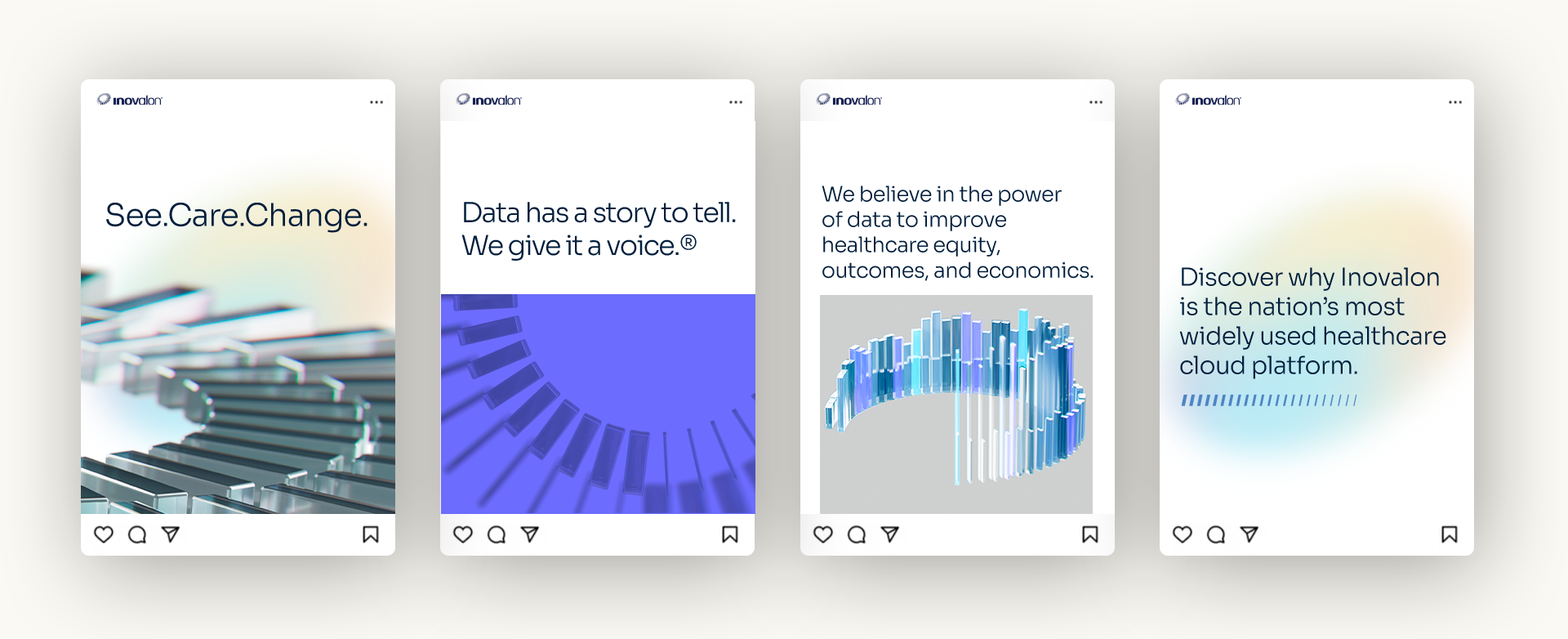
Leveraging Thought Leadership and Content Marketing
In healthcare marketing, establishing authority through thought leadership is critical. Thought leadership shows that your brand is not only knowledgeable but committed to contributing to the broader conversation around healthcare improvements. Regularly publishing informative, research-backed content—whether through blogs, industry journals, or social media—can help position your firm as an industry authority.
To create impactful thought leadership, address current healthcare challenges in your content, such as data security concerns, the shift toward value-based care, or the role of artificial intelligence in diagnostics. Collaborating with healthcare professionals for interviews, insights, or guest articles can also lend credibility and provide authentic perspectives that resonate with readers.
Whitepapers, case studies, and research reports are particularly valuable, as healthcare decision-makers tend to rely on in-depth analysis when considering new solutions. Distributing these materials on your website, via email campaigns, or through targeted LinkedIn ads can increase visibility among your ideal audience.
Optimizing for Mobile and Digital Health Trends
Healthcare professionals are increasingly reliant on mobile technology, both for patient interactions and professional information. Marketing content optimized for mobile devices can make a substantial difference in engagement, as busy healthcare professionals often access information on the go. Mobile-friendly design, short-form video content, and infographics cater to these needs by providing digestible, quick-access information.
Digital health trends, such as telemedicine and wearable health tech, are on the rise and impacting how healthcare organizations approach patient care. By aligning your marketing strategy with these trends, your brand can present itself as forward-thinking and attuned to the future of healthcare. For instance, case studies that explore successful telehealth implementations can resonate with hospitals considering similar initiatives.
Consider creating educational resources that highlight how your technology aligns with these digital trends. By positioning your product as an enabler of mobile and digital health solutions, you appeal to organizations focused on meeting modern healthcare demands.
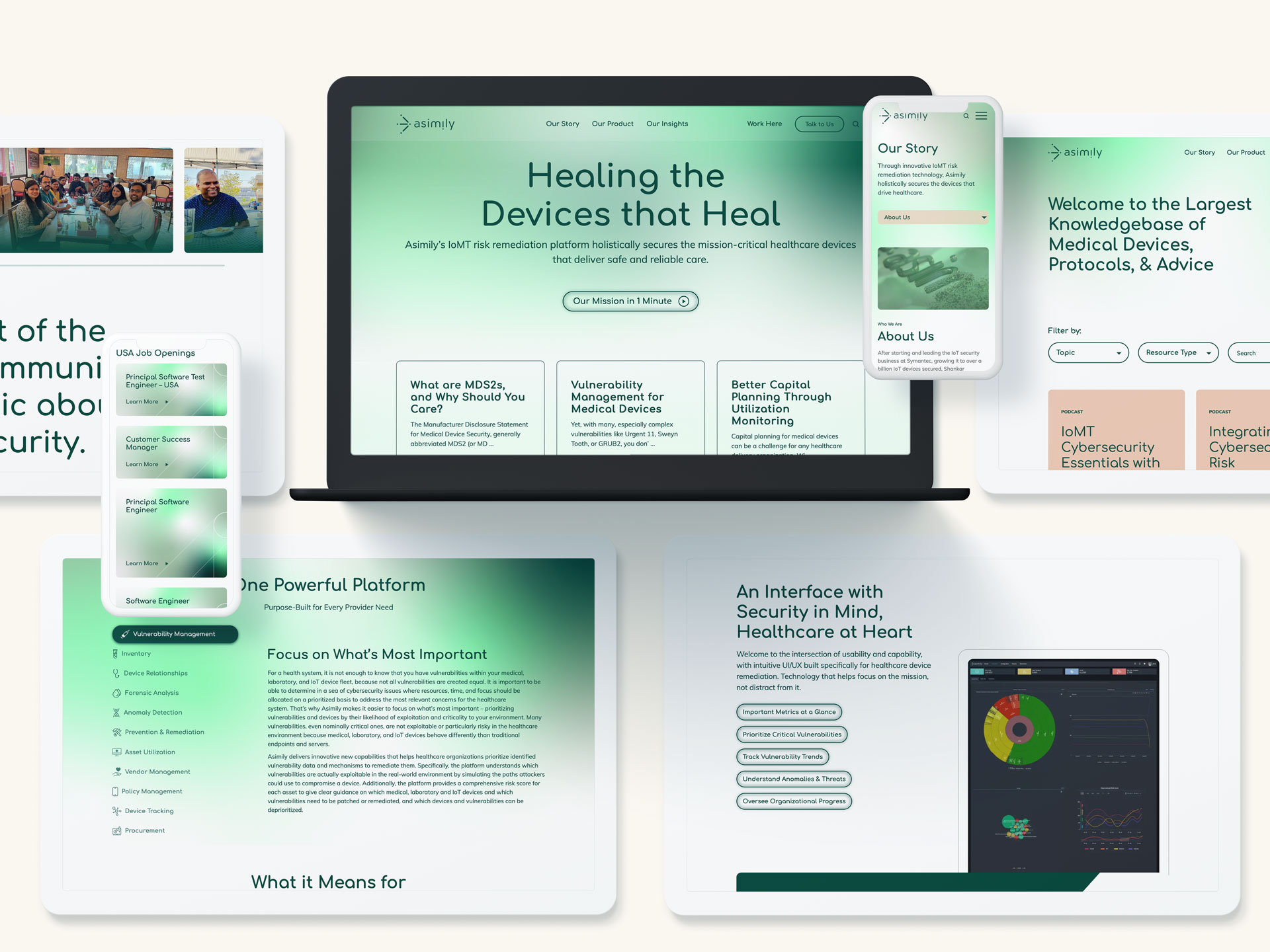
Measuring and Adapting Strategies
For healthcare marketers, data-driven insights are essential for refining strategies and proving ROI. Measuring metrics like lead generation, engagement rates, and conversions can shed light on what resonates with healthcare audiences and where adjustments are necessary. Establish a feedback loop that gathers insights from sales teams, client feedback, and industry developments to continuously optimize your approach.
In addition to quantitative metrics, qualitative feedback from healthcare clients can provide invaluable insight. Healthcare technology is a fast-evolving field, and understanding the specific preferences and pain points of your target audience helps you stay ahead of the curve. Regularly reviewing and adapting your strategies based on these insights demonstrates your firm’s commitment to understanding and meeting the needs of healthcare providers.
Building Lasting Connections in Healthcare Marketing
As healthcare technology continues to evolve, the opportunities to create lasting connections with hospitals, clinics, and healthcare networks will only expand. With the right approach—rooted in credibility, tailored messaging, and an understanding of industry trends—healthcare marketers can effectively reach and resonate with their target audiences. Adopting a digital-first mindset and embracing mobile, data-driven strategies will further enhance your ability to engage this essential market.
In today’s digital landscape, social media is a double-edged sword. While it offers brands a powerful platform to connect with their audience, build loyalty, and amplify their messaging, it also leaves them vulnerable to potential crises that can erupt at a moment’s notice. A single misstep or unforeseen event can spark a wave of negative sentiment, threatening to tarnish even the most reputable brands. But with the right strategic approach, brands can not only survive a social media crisis but come out stronger on the other side.
Identifying a Social Media Crisis
Not every negative comment or tweet requires a full-scale crisis response. The first step in successfully navigating a crisis is distinguishing between regular feedback and an actual crisis.
A crisis often involves:
- High volume: A sudden spike in negative comments or mentions across platforms.
- Speed of escalation: The issue spreads rapidly, gaining traction beyond the original audience.
- Virality potential: If left unaddressed, the situation threatens to go viral, reaching a broader, more public audience.
Examples include high-profile product failures, missteps in brand communication, or controversial statements. Brands like Pepsi and United Airlines, for instance, have both faced massive public backlash on social media due to tone-deaf campaigns or mishandled customer service situations. Recognizing when a crisis is looming allows brands to act quickly and mitigate damage.
Preparing for a Crisis
While it’s impossible to predict when or how a crisis will strike, preparation is the key to navigating one effectively. Building a strong crisis management foundation starts with assembling the right team. This team should include representatives from PR, customer service, legal, and social media—each bringing a unique perspective and skill set to handle various facets of the crisis.
Steps for Preparation:
- Create a Crisis Communication Plan: Outline key response protocols, designate spokespersons, and define roles and responsibilities. Ensure your team knows who will be responsible for monitoring social media, crafting responses, and handling media inquiries.
- Use Social Listening Tools: Proactive monitoring through tools like Brandwatch, Hootsuite, or Sprout Social can help you track brand sentiment and spot potential issues before they explode.
- Set Up Response Protocols: Define clear guidelines on when and how to respond. Decide what situations warrant a public statement versus a direct, private outreach. Be prepared to issue holding statements while gathering more information.
Having a structured plan in place will allow your team to act swiftly and effectively when a crisis arises.
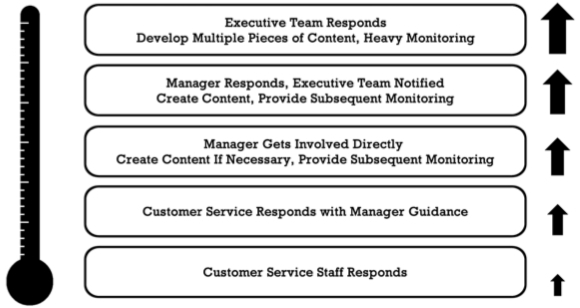
Responding to a Social Media Crisis
When a social media crisis hits, timing is everything. The first few hours are crucial in shaping how the public perceives the brand’s response. While it may be tempting to react immediately, it’s important to balance speed with care.
Here’s how to approach your response:
- Acknowledge the Issue: Silence can be perceived as negligence or indifference. Acknowledge the crisis as soon as possible, even if you don’t have all the answers yet. This shows that you are aware of the situation and are working on a resolution.
- Be Empathetic and Accountable: Demonstrate genuine concern for your audience’s feelings. Apologize when necessary and take accountability for any mistakes made. Avoid deflecting blame, as this can further damage your brand’s reputation.
- Tailor Your Message by Platform: Craft your responses in a way that fits each platform’s tone and audience. Twitter requires short, concise updates, while LinkedIn or Facebook may allow for more detailed explanations.
- Coordinate Internal Communication: Ensure that all teams, from customer service to legal, are aligned on messaging. Mixed or conflicting responses can confuse the public and worsen the crisis.
Avoid common mistakes such as arguing with individuals online or issuing insincere apologies. Always remember that public perception is shaped not only by the problem itself but by how your brand handles it.
Turning Crisis into Opportunity
Though social media crises are challenging, they also present an opportunity to demonstrate your brand’s values, transparency, and resilience. How you respond can help rebuild trust with your audience, and, in some cases, even strengthen your relationship with them.
Some strategies to leverage a crisis as an opportunity include:
- Show Transparency: Keep the public informed as you work to resolve the issue. Share updates on what’s being done to fix the problem and be open about what went wrong.
- Demonstrate Accountability: Show that you’re taking steps to address the root cause of the crisis and are making changes based on feedback. For example, after a backlash over offensive messaging, a brand might publicly commit to revisiting its marketing guidelines.
- Rebuild Trust: Once the dust has settled, highlight the improvements made. Show that your brand has learned from the crisis and is taking proactive steps to avoid similar issues in the future.
Brands like Domino’s Pizza have successfully bounced back from crises by owning up to their mistakes and making tangible changes to their business.
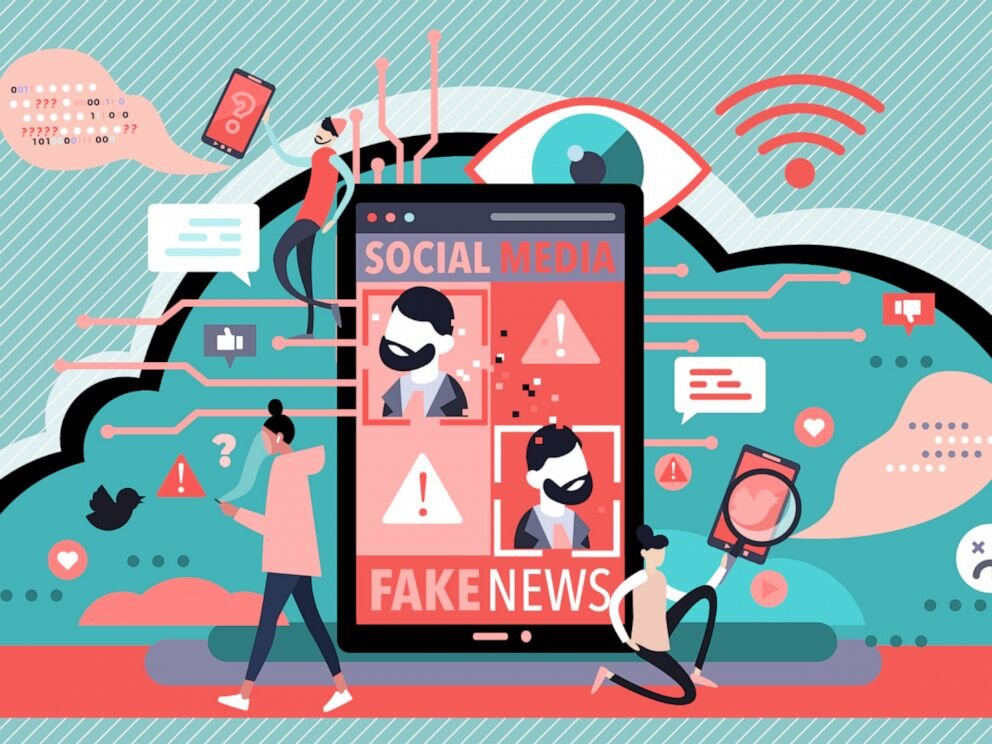
Post-Crisis Evaluation
The work doesn’t end once the crisis has passed. A post-crisis evaluation is essential to learn from the experience and prepare for future challenges. Start by analyzing the overall sentiment recovery. Did the brand manage to restore trust? How was the crisis handled internally?
Key areas to evaluate include:
- What went right, and what went wrong?: Assess the effectiveness of your communication strategy, your team’s responsiveness, and the tools you used for monitoring.
- Adjust Your Crisis Communication Plan: Based on your evaluation, make any necessary updates to your crisis communication plan to be better prepared next time.
- Ensure Long-Term Reputation Management: Continue to monitor your brand’s perception post-crisis and focus on maintaining positive engagement with your audience.
Take Control of Your Social Media Strategy
In today’s fast-paced digital world, a social media crisis can strike at any time. But with preparation, strategic communication, and a strong response plan, brands can navigate these challenges with confidence. Don’t leave your brand’s reputation to chance—partner with experts who can help you manage crises and build lasting trust with your audience.
Contact Bluetext today to ensure your brand is ready to handle any crisis with a tailored social media strategy that protects and strengthens your reputation.
In a sector as dynamic and essential as energy, where global shifts toward sustainability, renewable resources, and technological innovation are constant, marketing requires a new level of creativity and strategy. Traditional marketing approaches, while still effective, may no longer be sufficient to set brands apart or to engage increasingly informed and eco-conscious customers. Bluetext specializes in helping energy companies redefine their marketing strategies with innovative solutions that drive growth and deliver measurable results.
1. Data-Driven Personalization
The energy sector has an enormous amount of customer data at its fingertips, from consumption patterns to geographic preferences and renewable energy interest. Leveraging this data for personalized messaging can make marketing campaigns more relevant and impactful. Dynamic content that adjusts based on user behavior, smart segmentation, and AI-powered insights allow energy companies to deliver the right message at the right time, improving both customer satisfaction and conversion rates.
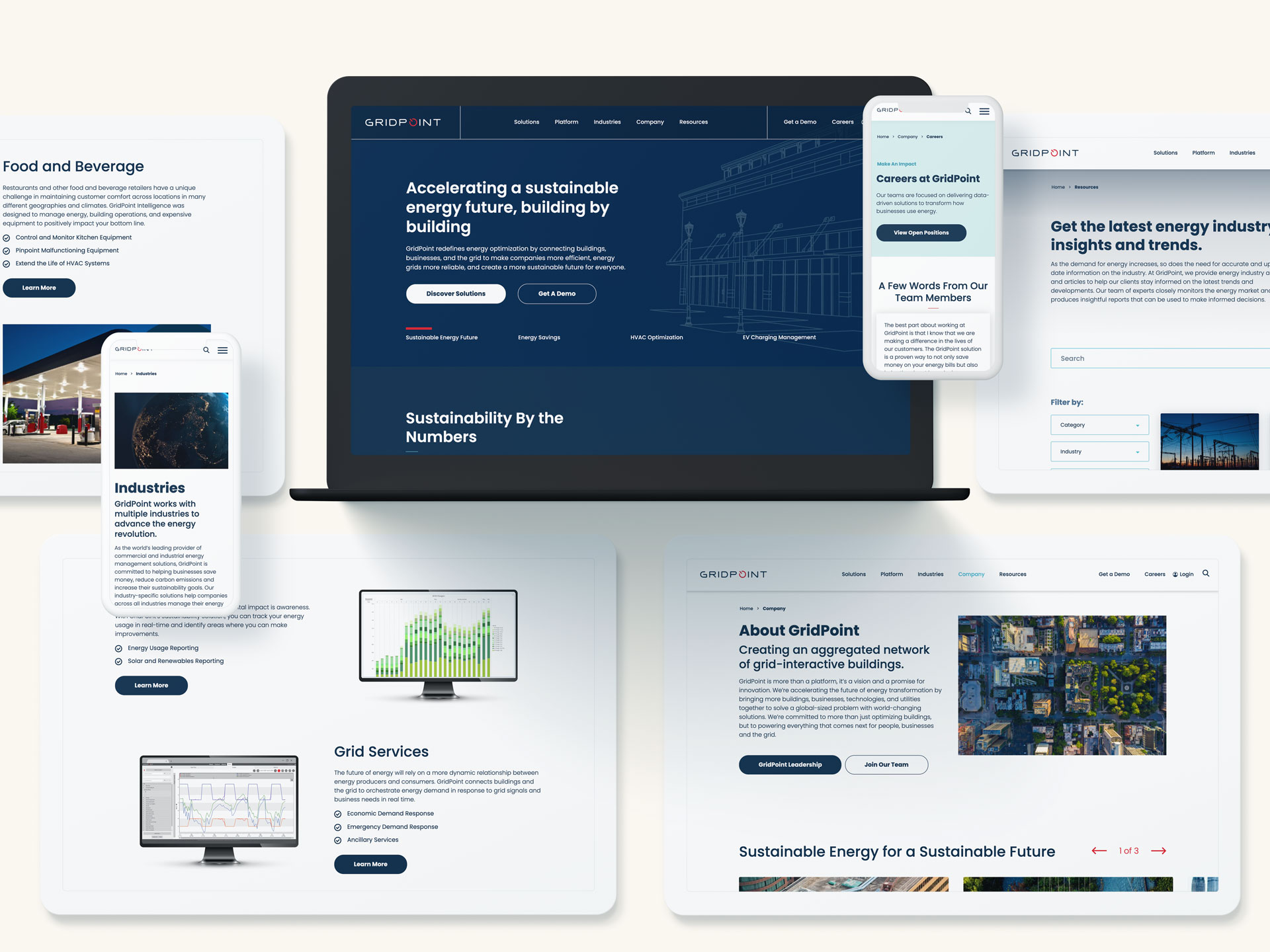
2. Interactive Digital Experiences
Beyond static advertising, interactive digital experiences are rapidly gaining popularity in the energy sector. Virtual reality (VR) tours of renewable energy facilities, augmented reality (AR) apps that demonstrate energy consumption in real-time, and gamified platforms that educate users about sustainability can turn otherwise passive audiences into engaged participants. These tools not only enhance brand awareness but also build stronger emotional connections by making complex topics more accessible.
3. Thought Leadership and Educational Content
As the energy industry evolves, companies that position themselves as thought leaders have a significant competitive advantage. Providing educational content around topics like renewable energy, energy efficiency, or grid modernization establishes credibility and builds trust with customers, investors, and regulators. Long-form content such as whitepapers, in-depth blog series, and podcast interviews with industry experts can solidify a brand’s reputation as a forward-thinking leader.
4. Sustainability Storytelling
With the global push toward sustainability, energy companies must communicate their environmental impact effectively. But simply stating eco-friendly initiatives isn’t enough—successful brands in the energy space are embracing narrative-driven approaches. By humanizing data through real-world case studies, testimonials, and behind-the-scenes stories of how energy projects improve local communities, brands can better engage emotionally with their audiences and create deeper brand loyalty.
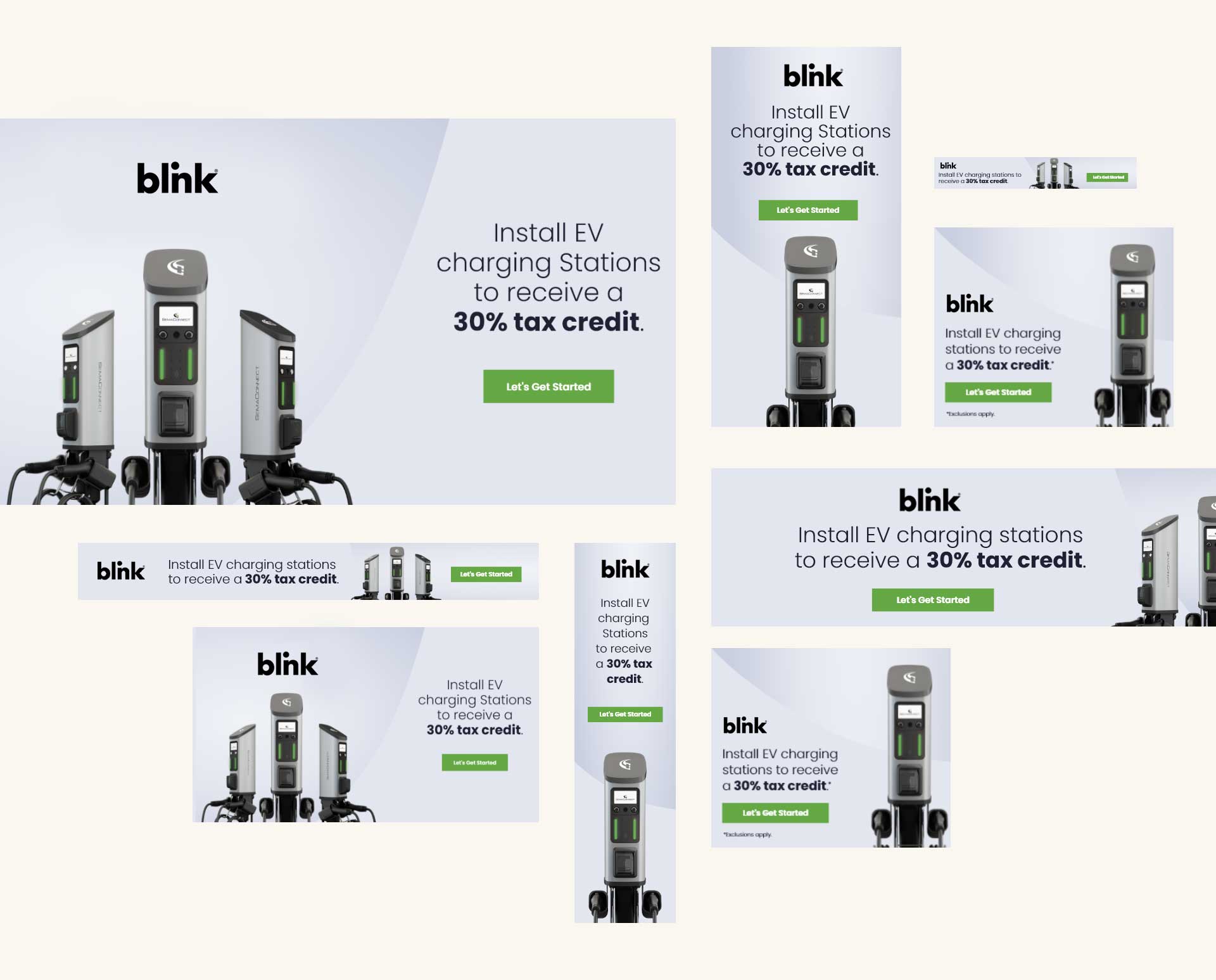
5. Cross-Industry Partnerships
Innovation in the energy sector doesn’t happen in a silo. Cross-industry partnerships—such as collaborations with tech firms for IoT solutions or fintech partnerships for green energy financing—can extend the reach of marketing campaigns and offer unique value propositions. These collaborations create buzz and offer customers more comprehensive solutions, further distinguishing a brand in a crowded marketplace.
6. Leveraging Social Media for Advocacy
Social media is often underutilized by energy companies, yet it holds great potential for advocacy-driven campaigns. Energy brands can build community and engage users by amplifying sustainability movements, promoting green energy initiatives, and fostering conversations around energy efficiency. By encouraging user-generated content and engaging with influencers in the sustainability space, energy companies can boost their visibility and establish themselves as champions for a greener future.
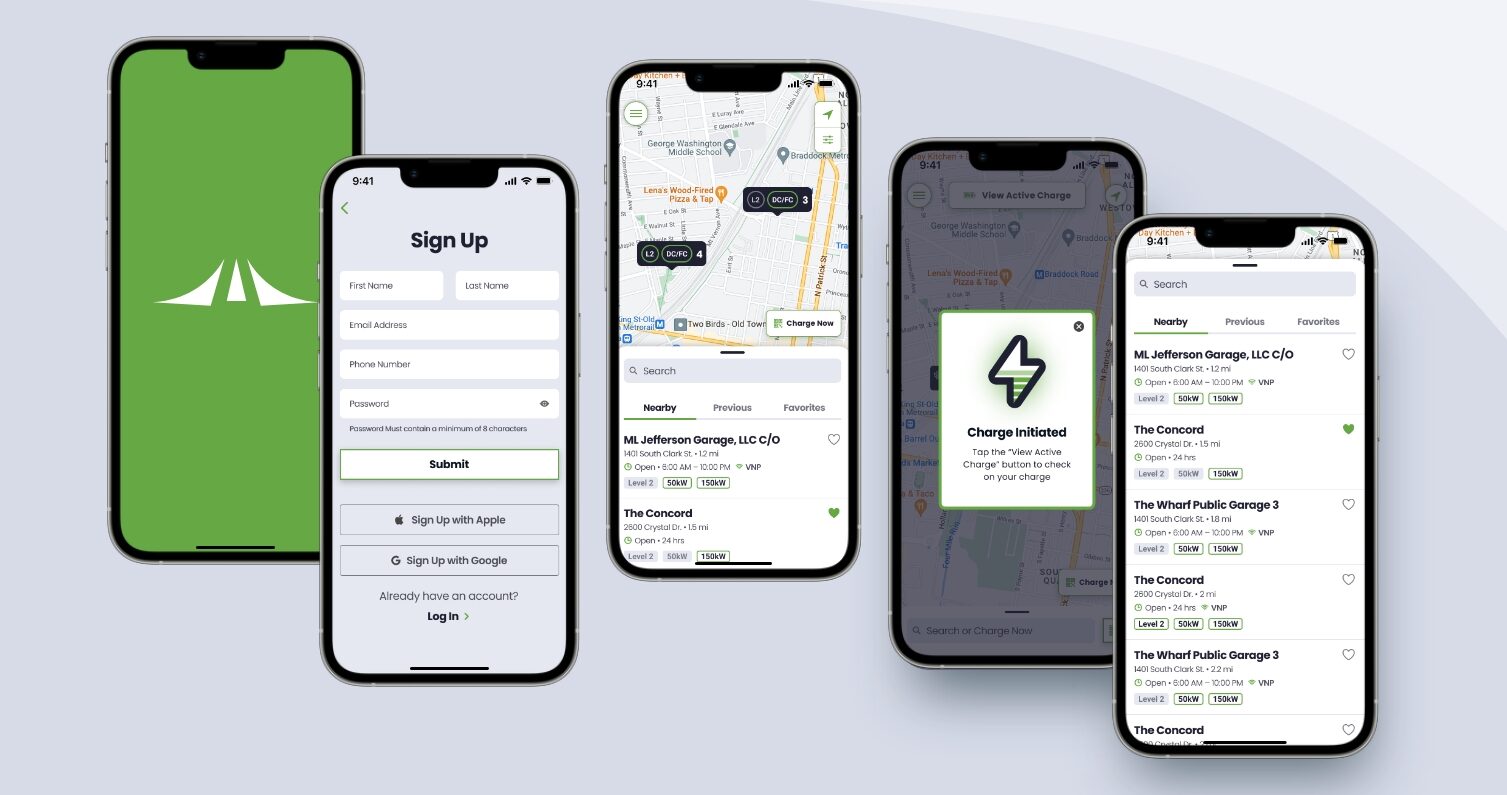
Conclusion
As the energy sector evolves, so too must its marketing strategies. By going beyond traditional methods and embracing innovative, digital-first approaches, energy companies can stand out in a competitive landscape, connect meaningfully with their audiences, and drive measurable growth. At Bluetext, we understand the unique challenges and opportunities within the energy industry, and we are ready to help brands shape their future with creative, impactful marketing solutions. Contact us today.
Prefer listening over reading? Check out the podcast version of this blog below and enjoy insights on the go!
In the ever-evolving landscape of social media, staying ahead of algorithm changes is essential for marketers, business owners, and content creators alike. Social media algorithms dictate what content users see, and understanding these algorithms is key to maximizing your content’s reach and engagement. At Bluetext, we believe that a well-informed strategy is the foundation of success in digital marketing. This blog post will guide you through the intricacies of social media algorithms and provide actionable strategies to optimize your content for greater visibility across various platforms.
Understanding Social Media Algorithms
What Are Social Media Algorithms?
Social media algorithms are complex systems that determine which content is shown to users, based on various factors like engagement, content type, recency, and user behavior. Each platform—whether it’s Facebook, Instagram, Twitter, LinkedIn, or TikTok—has its own unique algorithm, designed to enhance user experience by showing them the most relevant content.
Key Factors Influencing Algorithmic Ranking:
- Engagement Rates: Likes, comments, shares, and other forms of interaction play a significant role in determining the visibility of your content.
- Content Type: Videos, images, text posts, and other formats are weighted differently across platforms. Understanding what type of content each platform favors can significantly impact your reach.
- Recency: Fresh content is often prioritized, but the longevity of a post’s engagement can also influence its continued visibility.
- User Behavior: Algorithms consider individual user behavior to tailor content. For instance, users who frequently engage with video content are more likely to see similar content in their feed.
Platform-Specific Strategies
Facebook & Instagram:
- Leverage Stories, Reels, and Carousels: These formats are highly favored by the algorithms on both platforms. Stories and Reels, in particular, allow you to stay top-of-mind with your audience through creative and engaging content.
- Encourage Interaction: The more engagement your post receives, the more the algorithm will favor it. Ask questions, create polls, and encourage users to like, comment, and share your posts.
Twitter:
- Consistent Posting: Twitter’s fast-paced environment requires regular posting to stay visible. Aim to tweet multiple times a day to maintain a presence.
- Use Hashtags and Engage with Trending Topics: Hashtags are critical for discoverability. Engaging with trending topics can also boost your visibility, as Twitter’s algorithm favors content that is timely and relevant.
- Maximize Retweets and Replies: The more your content is retweeted or replied to, the better it performs in the algorithm. Foster conversation by asking questions and engaging with your audience directly.
LinkedIn:
- Professional Content Matters: LinkedIn favors professional and industry-related content. Utilize LinkedIn Articles and videos to share in-depth insights that resonate with your network.
- Engagement is Key: Comments and interactions with your network can amplify your content’s reach. Take time to reply to comments and engage with posts from others in your network.
TikTok:
- Create Trend-Focused Content: TikTok’s algorithm heavily favors content that aligns with current trends. Participating in challenges and using trending sounds can greatly enhance your visibility.
- Timing and Frequency: Posting at times when your target audience is most active and maintaining a consistent posting schedule can help your content perform better.
Content Creation Techniques
To optimize your content for social media algorithms, consider the following techniques:
- Tailor Content to Each Platform: Each social media platform has its own preferences. Craft content that aligns with these preferences to increase the likelihood of it being seen.
- Storytelling and Visual Appeal: Compelling stories and visually appealing content are more likely to capture attention and encourage engagement.
- Call-to-Action: A strong call-to-action (CTA) can drive user engagement and signal to the algorithm that your content is valuable.
Staying Updated with Algorithm Changes
Algorithms are constantly evolving, which means your social media strategy needs to be adaptable. Stay informed about changes by following industry news, participating in relevant forums, and using tools that monitor algorithm updates. This proactive approach will help you adjust your content strategy as needed, ensuring your content remains visible and engaging.
Measuring Success
Tracking the right metrics is crucial to understanding the effectiveness of your social media strategy. Key metrics to monitor include:
- Engagement Rates: Track likes, shares, comments, and other interactions to gauge how well your content is resonating with your audience.
- Reach and Impressions: Monitor how far your content is spreading and how many times it’s being seen.
- Conversion Rates: Measure how well your social media efforts are driving desired actions, such as clicks, sign-ups, or purchases.
Regularly reviewing these metrics will allow you to refine your strategy, ensuring continuous optimization and improvement in your content’s reach and impact.
Understanding and optimizing for social media algorithms is no small task, but with the right strategies, you can significantly boost your content’s visibility and engagement. At Bluetext, we’re dedicated to helping you navigate the complexities of digital marketing. If you’re ready to take your social media strategy to the next level, reach out to us for a consultation. Let’s work together to create content that not only meets but exceeds algorithmic expectations.
In today’s digital age, social media has become a powerful tool for communication, networking, and information sharing. While often associated with personal use or consumer brands, its impact stretches far beyond, influencing even the realm of government contracting. Government agencies and contractors alike are leveraging social media platforms to enhance their operations, engage with stakeholders, and stay competitive. In this blog post, we’ll explore the critical role social media plays in government contracting and offer practical tips on how to maximize its benefits.
The Power of Social Media in Government Contracting
Social media platforms like LinkedIn, Twitter, and Facebook are not just for social interactions. They serve as vital channels for information dissemination, public relations, and professional networking in the government contracting space. Here’s how social media is reshaping this sector:
1. Enhanced Communication and Engagement
Government agencies are increasingly using social media to communicate with the public and industry stakeholders. These platforms allow for real-time updates on policies, regulations, and contracting opportunities. Contractors can follow government accounts to stay informed about new contracts, changes in procurement processes, and other relevant news.
2. Building Relationships and Networking
Social media provides a unique opportunity for contractors to build relationships with key decision-makers, influencers, and other industry players. LinkedIn, in particular, is a powerful tool for professional networking. Contractors can connect with procurement officers, attend virtual events, and participate in industry discussions to expand their network and visibility.
3. Market Intelligence and Research
Social media is a treasure trove of information that can be used for market research and intelligence. Contractors can monitor conversations, trends, and feedback related to their industry. This information can be invaluable for understanding market needs, competitor activities, and emerging opportunities.
4. Reputation Management and Branding
In the government contracting arena, a strong and positive reputation is crucial. Social media allows contractors to showcase their expertise, share success stories, and engage with their audience. By maintaining an active and professional social media presence, contractors can build trust and credibility with potential clients and partners.
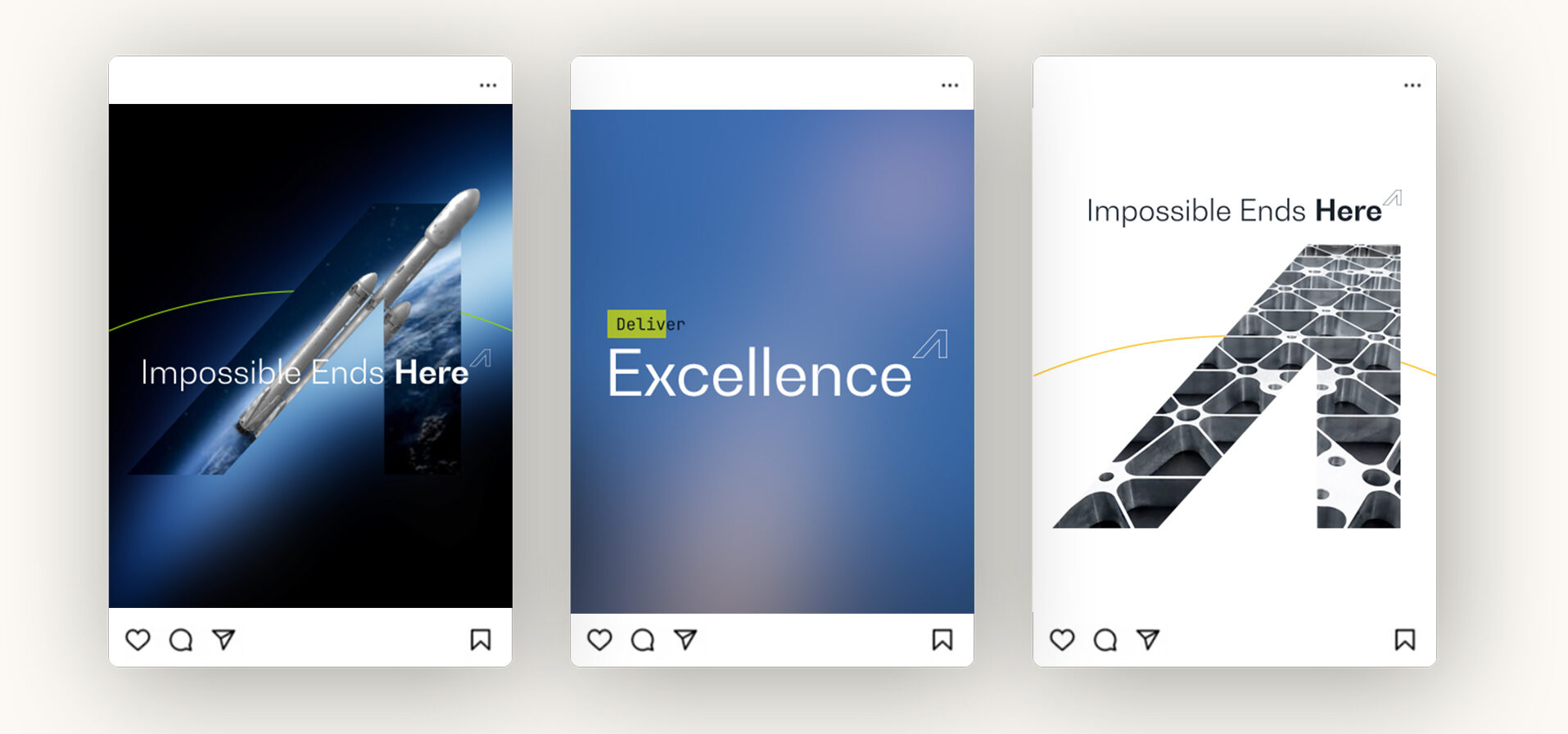
Tips for Leveraging Social Media in Government Contracting
To effectively utilize social media in government contracting, it’s essential to approach it strategically. Here are some tips to help contractors maximize their social media presence:
- Choose the Right Platforms: Focus on platforms that are most relevant to the government contracting industry, such as LinkedIn for professional networking and Twitter for real-time updates.
- Engage Regularly: Consistency is key. Regularly post updates, share industry news, and engage with your audience to maintain visibility and relevance.
- Follow Government Accounts: Keep up with government agencies and procurement offices on social media to stay informed about contracting opportunities and industry news.
- Share Valuable Content: Provide content that adds value to your audience, such as insights on industry trends, success stories, and expert opinions. This positions your company as a thought leader.
- Monitor and Respond: Pay attention to mentions, comments, and messages. Respond promptly and professionally to engage with your audience and manage your online reputation.
- Use Analytics: Utilize social media analytics tools to track your performance, understand your audience, and refine your strategy.
- Leverage Visuals: Use images, infographics, and videos to make your content more engaging and shareable.
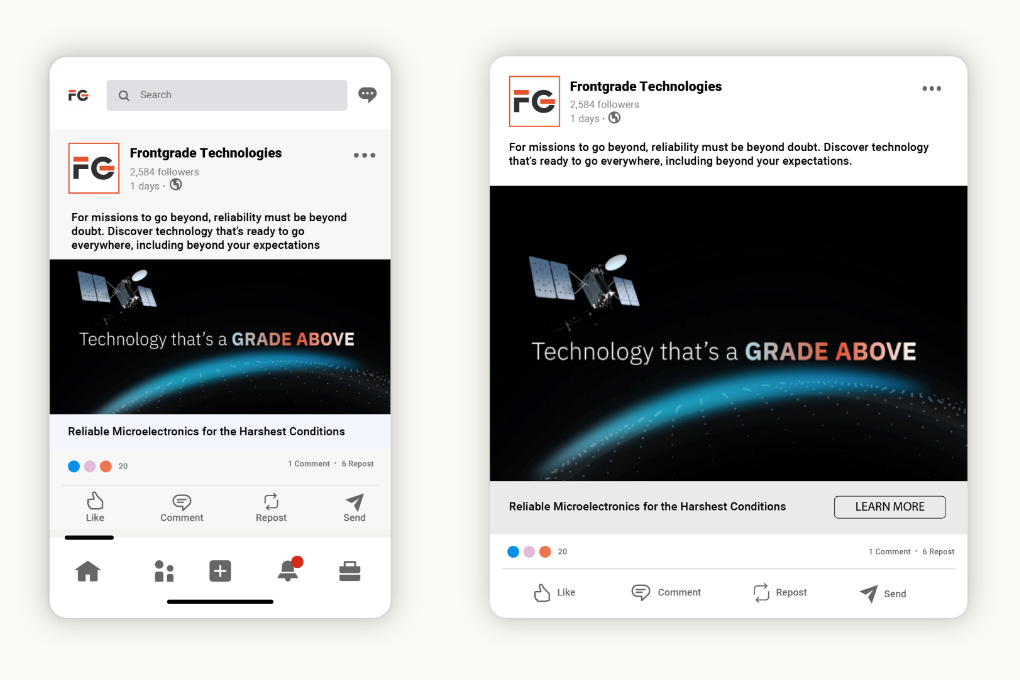
The role of social media in government contracting cannot be overstated. From enhancing communication and engagement to providing valuable market intelligence and aiding in reputation management, social media is a crucial tool for success in this competitive field. By strategically leveraging social media platforms, government contractors can stay informed, build strong relationships, and effectively showcase their expertise. At Bluetext, we understand the power of social media and are here to help you navigate and maximize its potential in the government contracting space. Contact us today to learn more about how we can assist you in developing a winning social media strategy.
